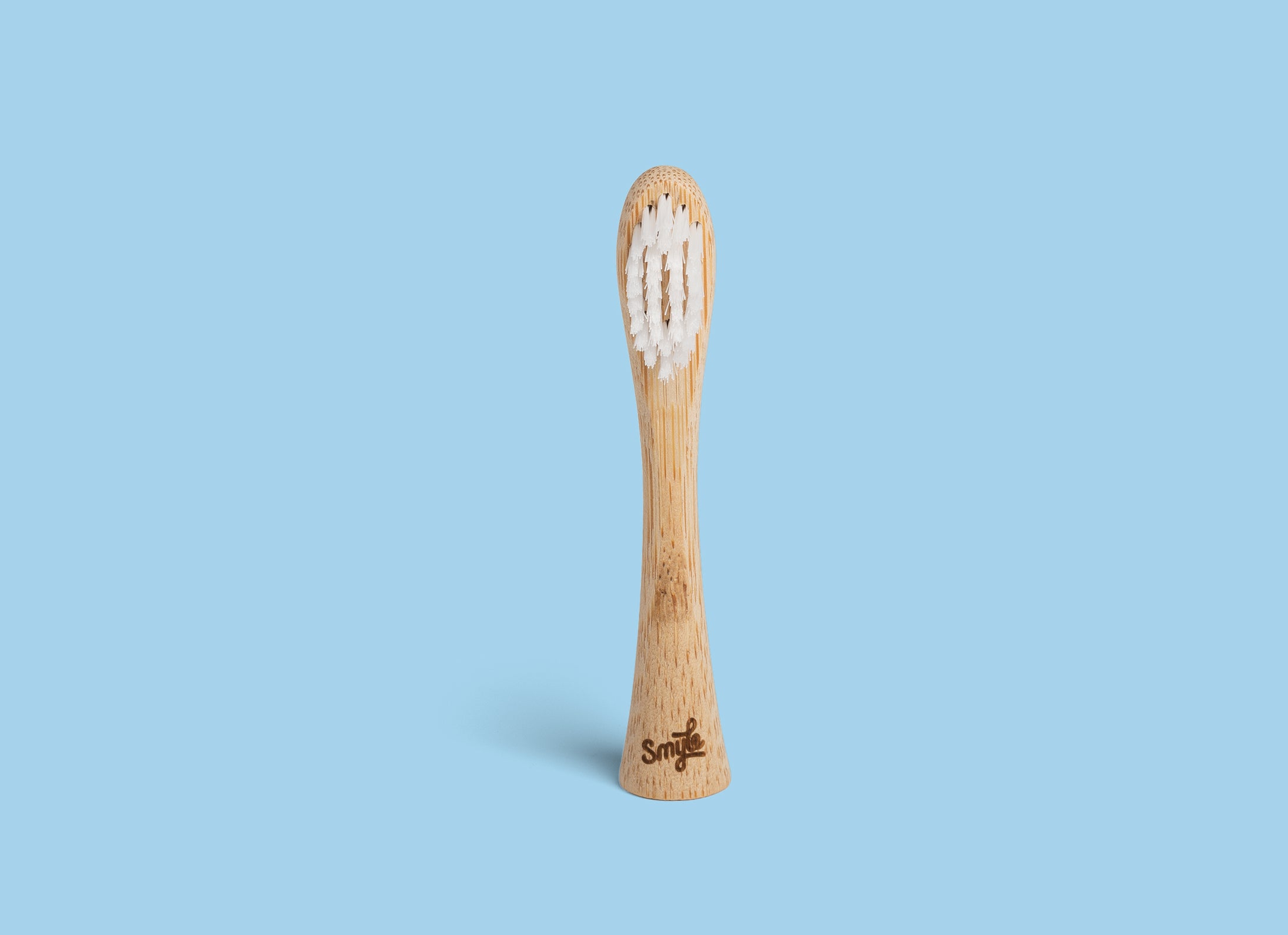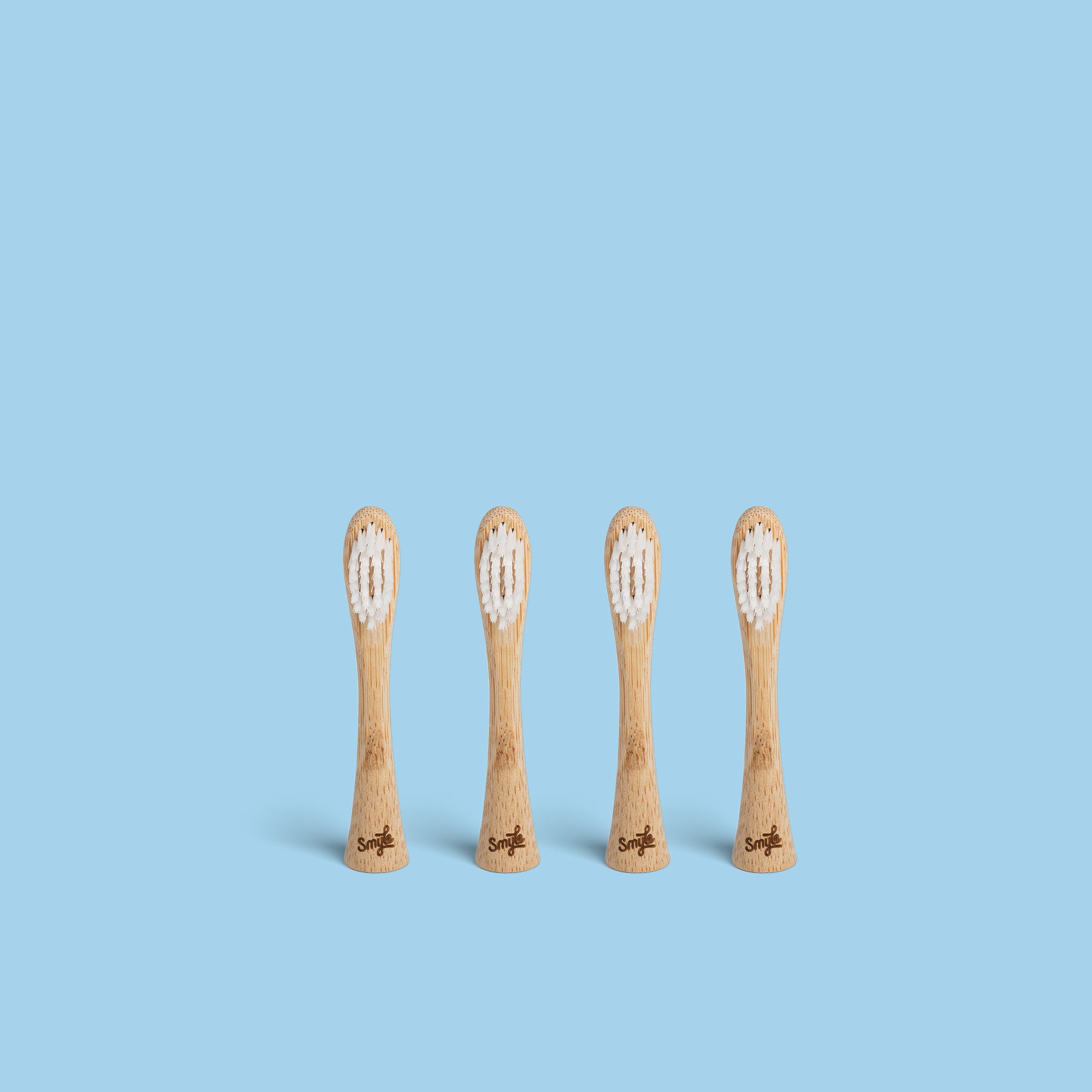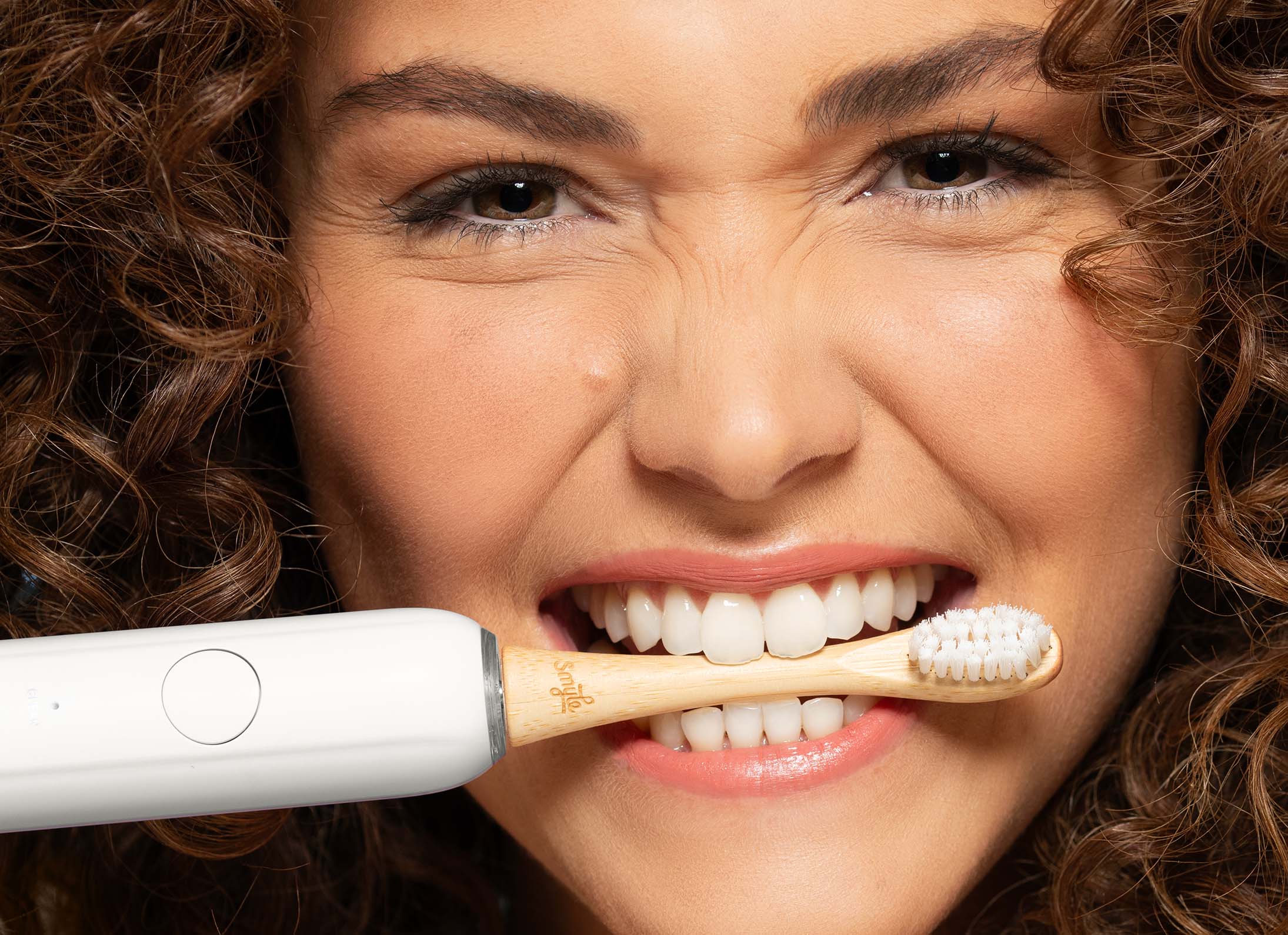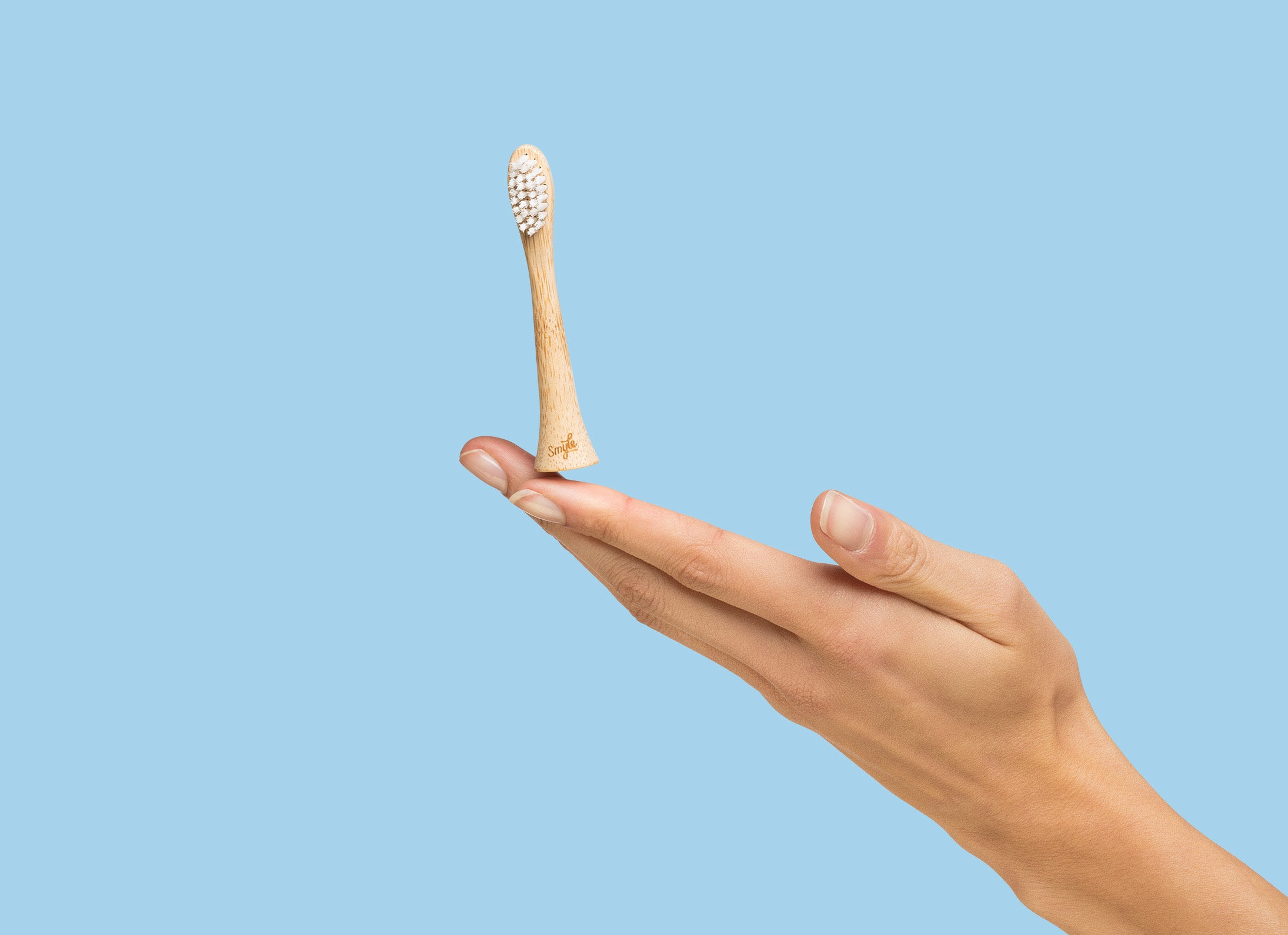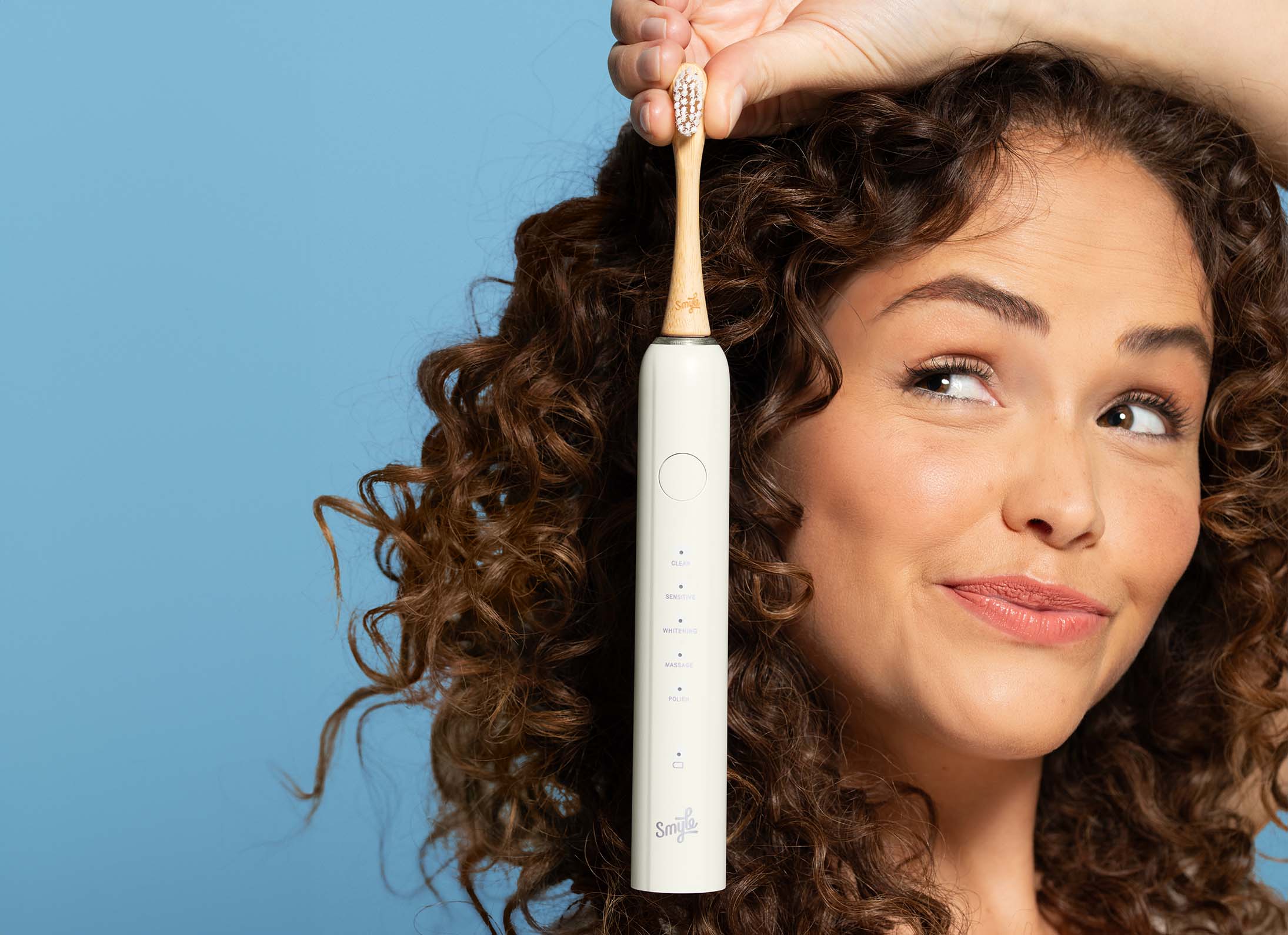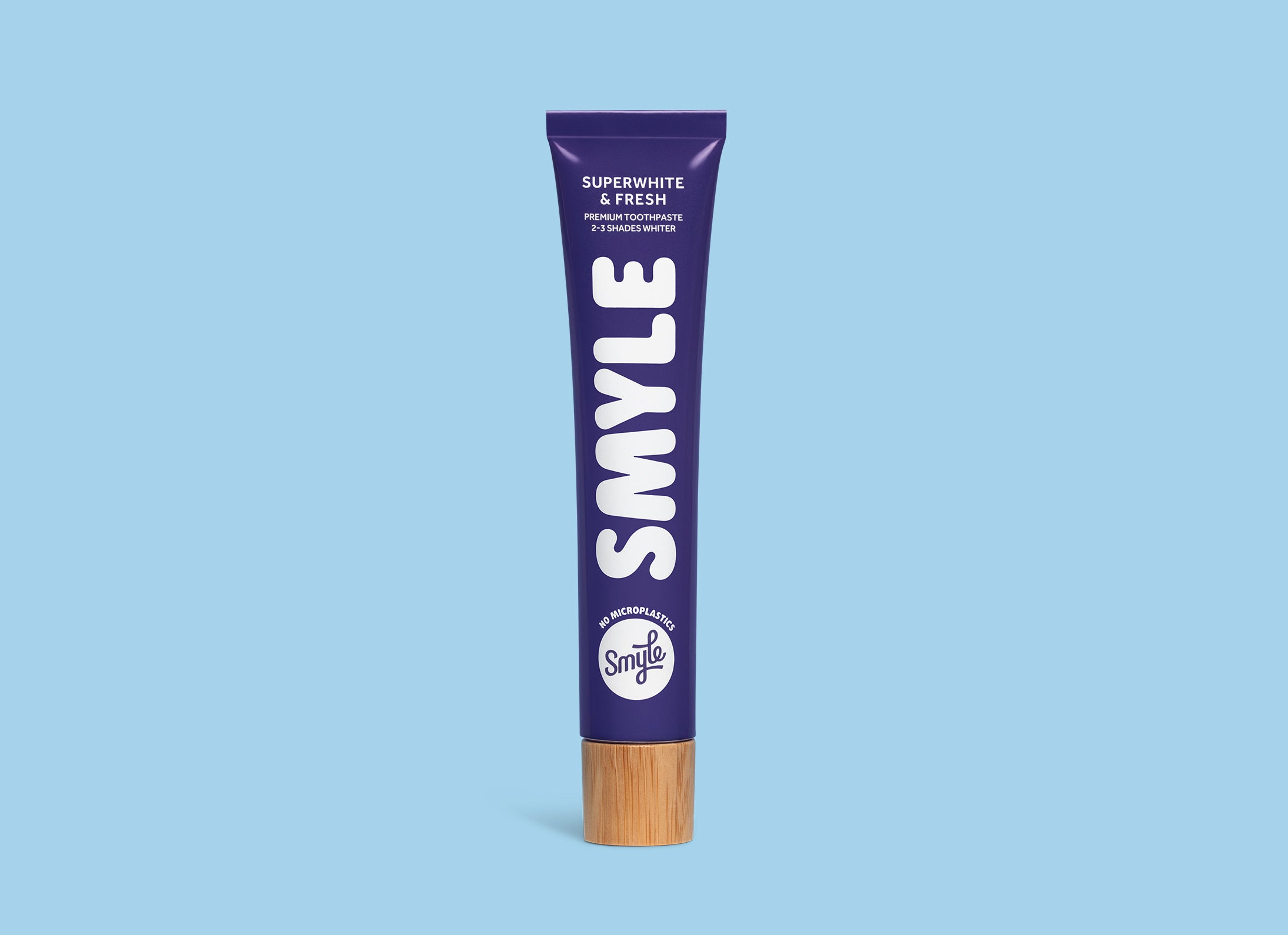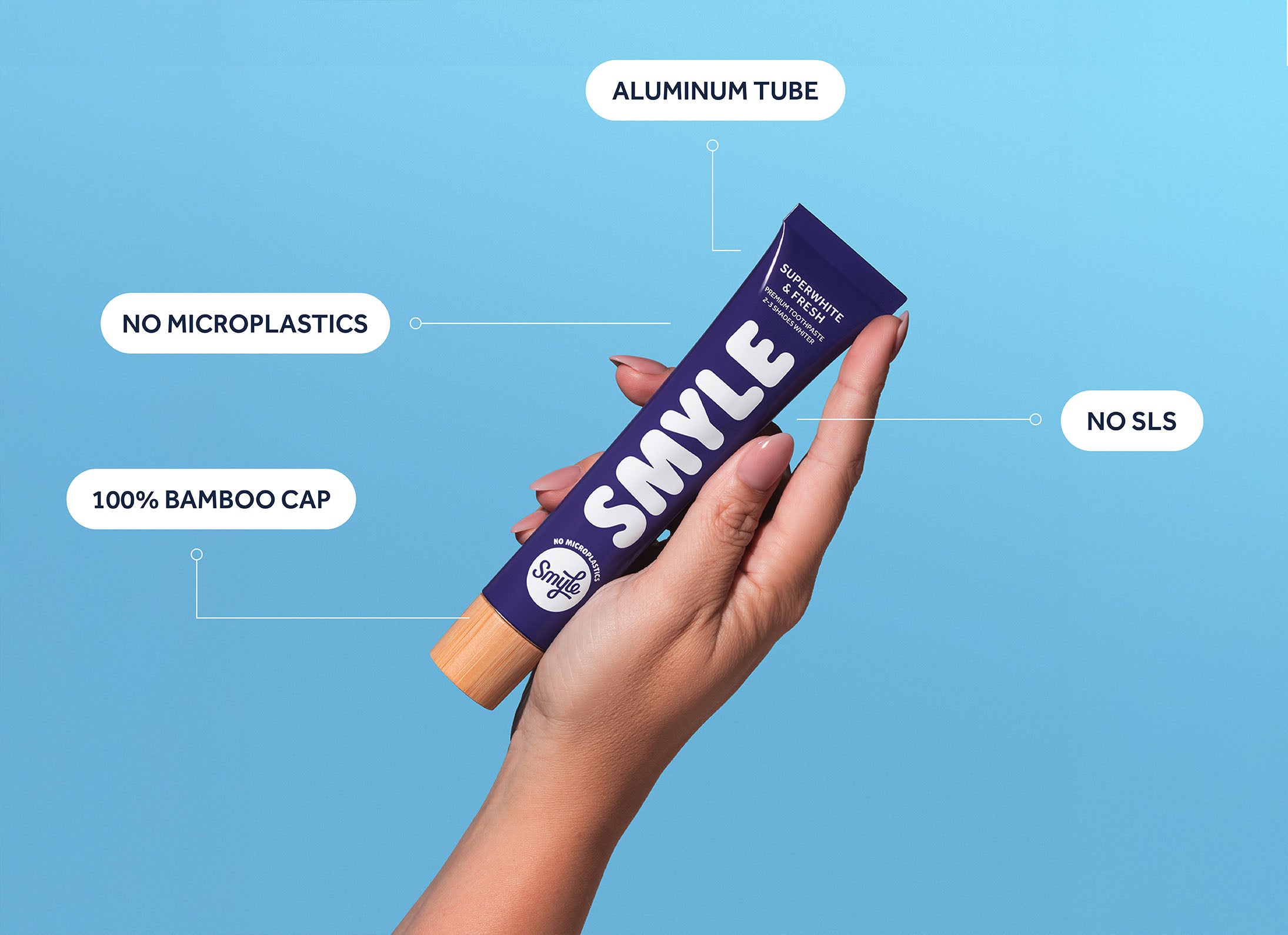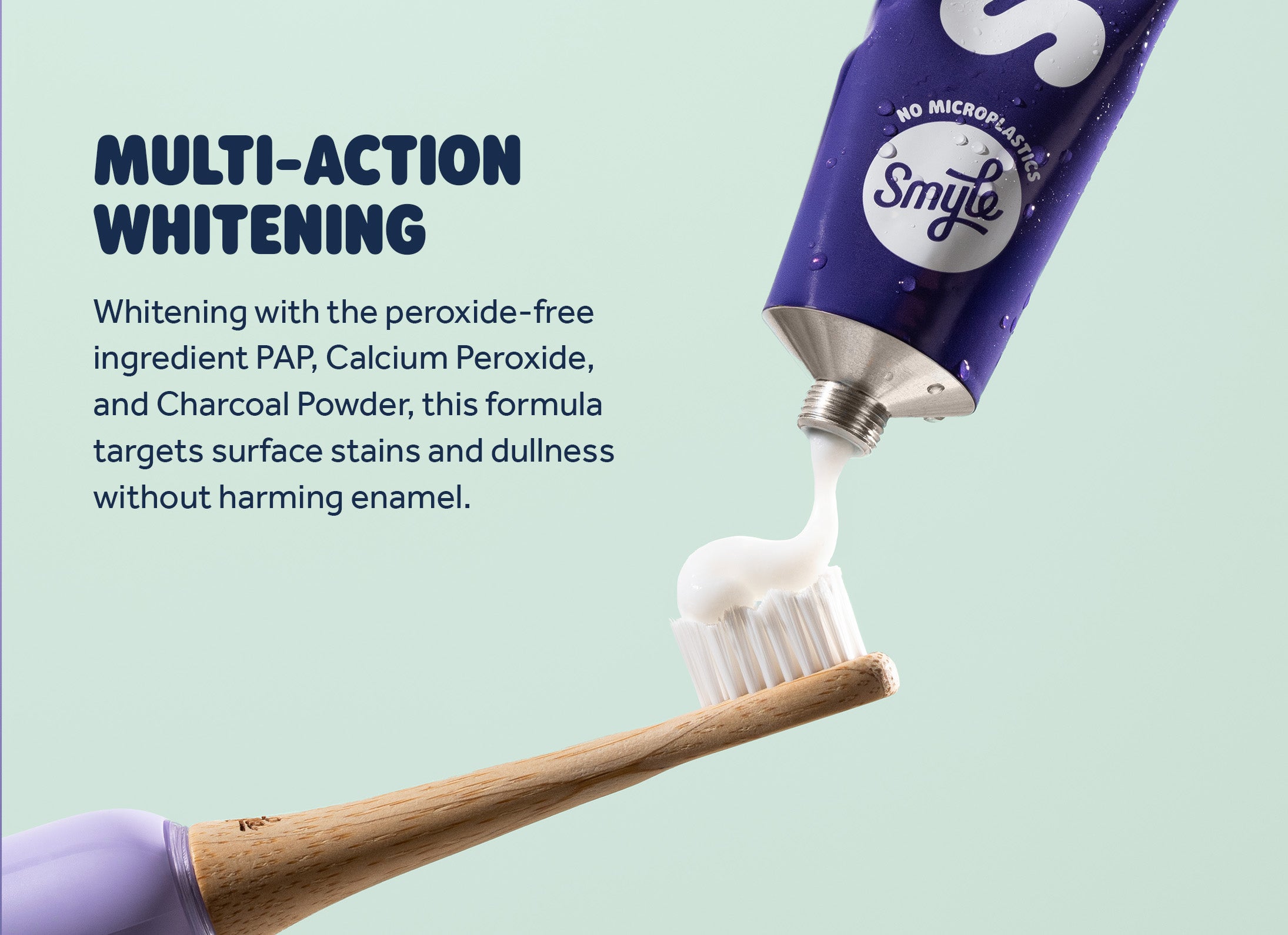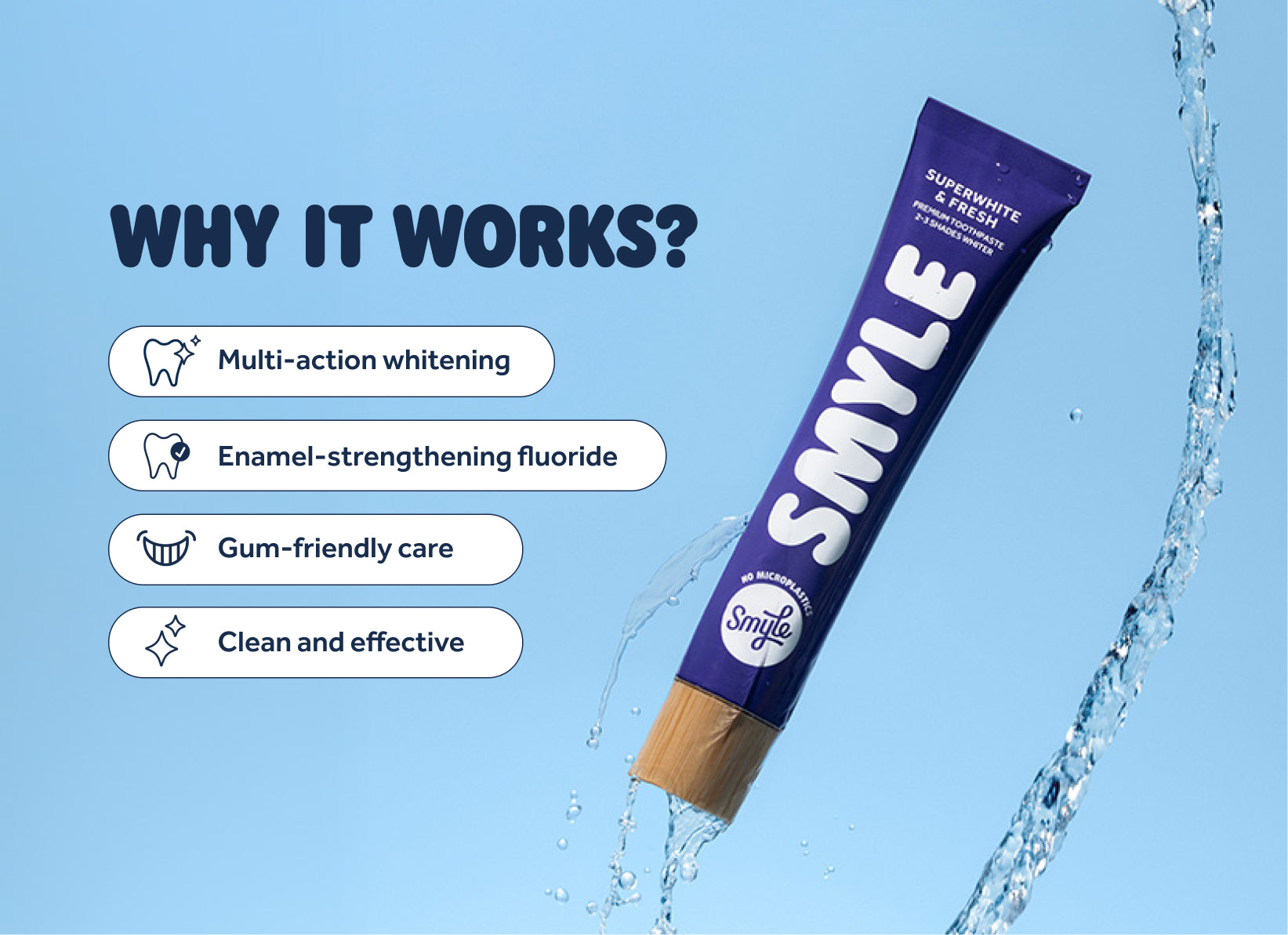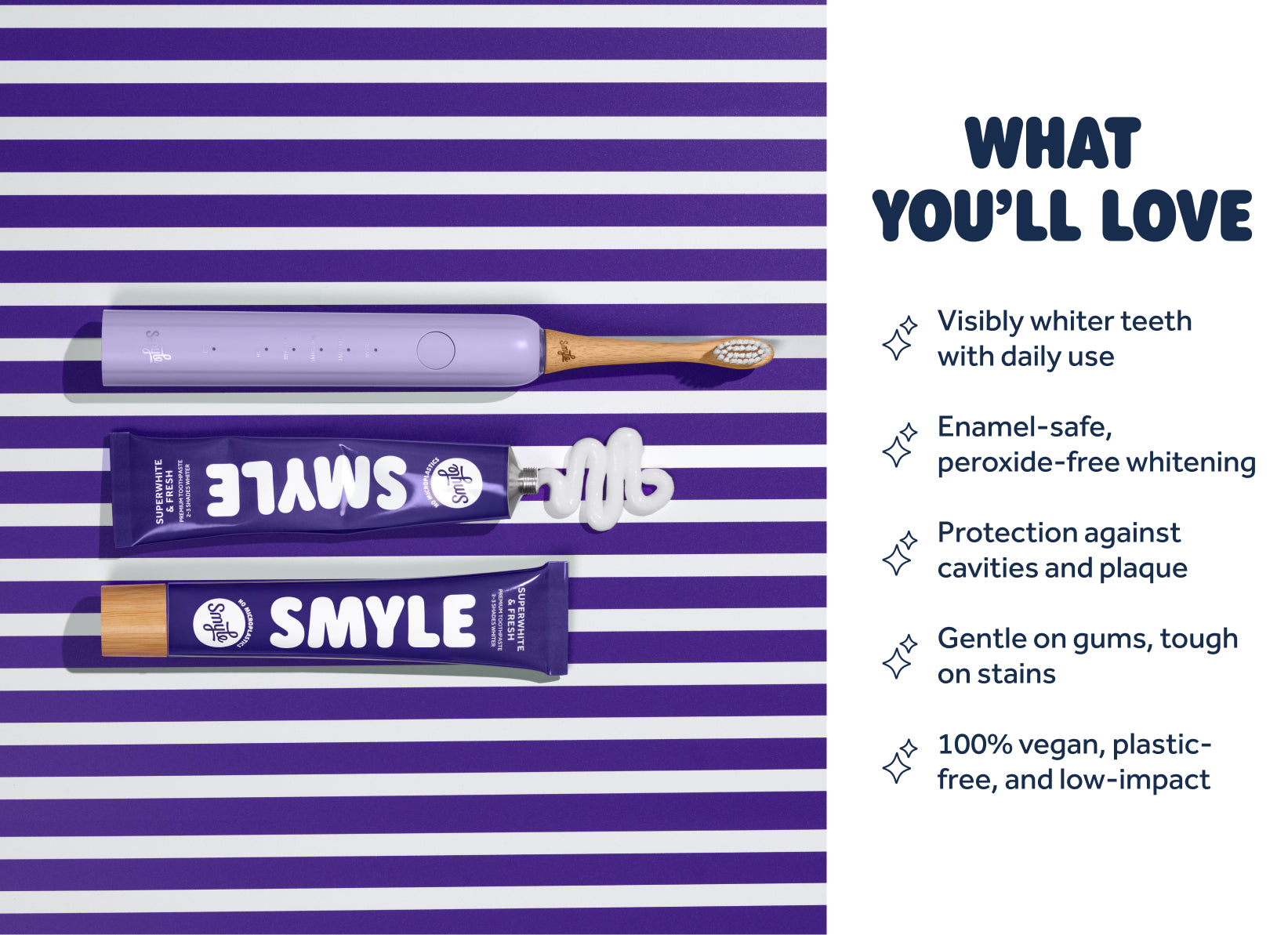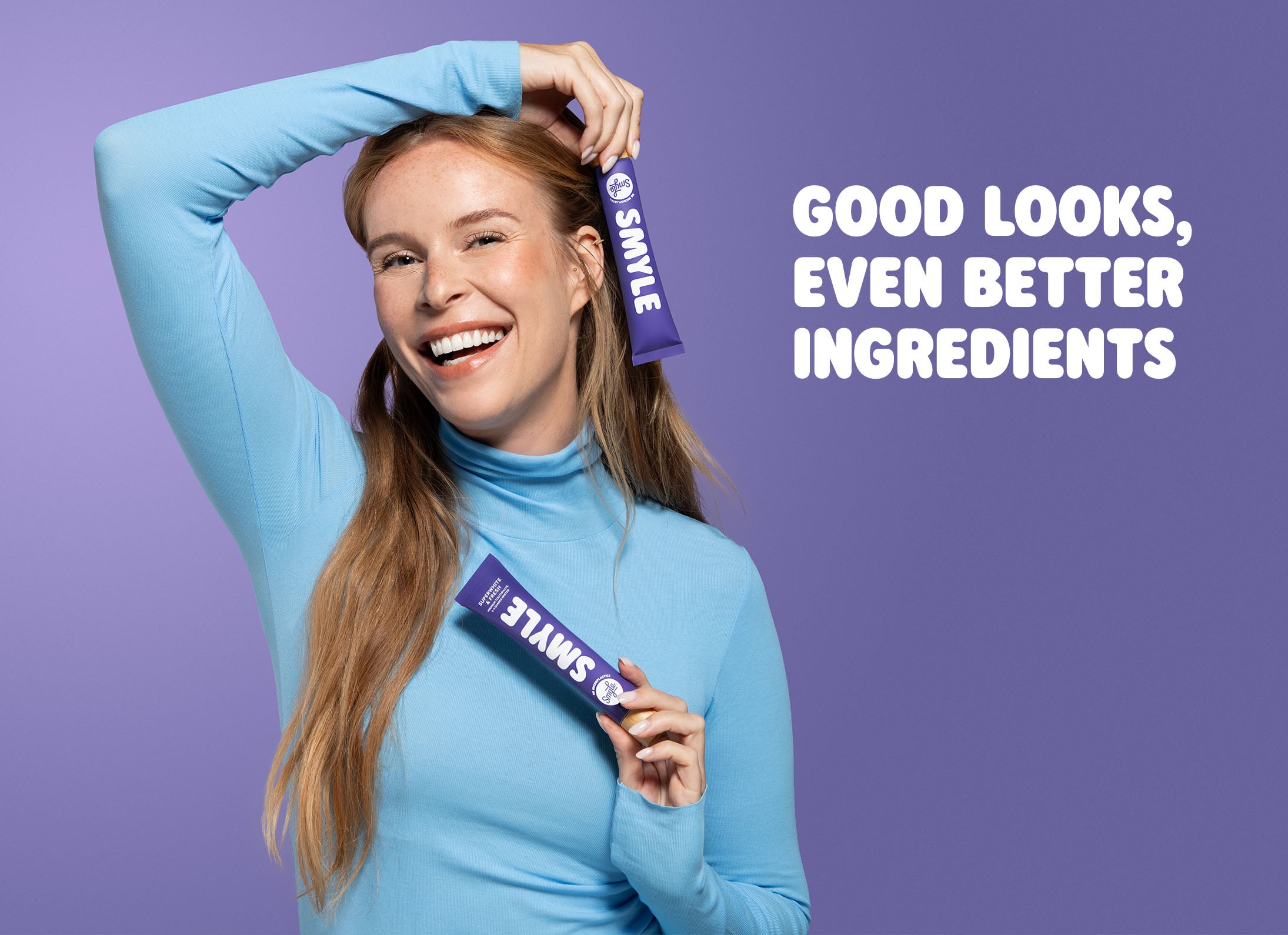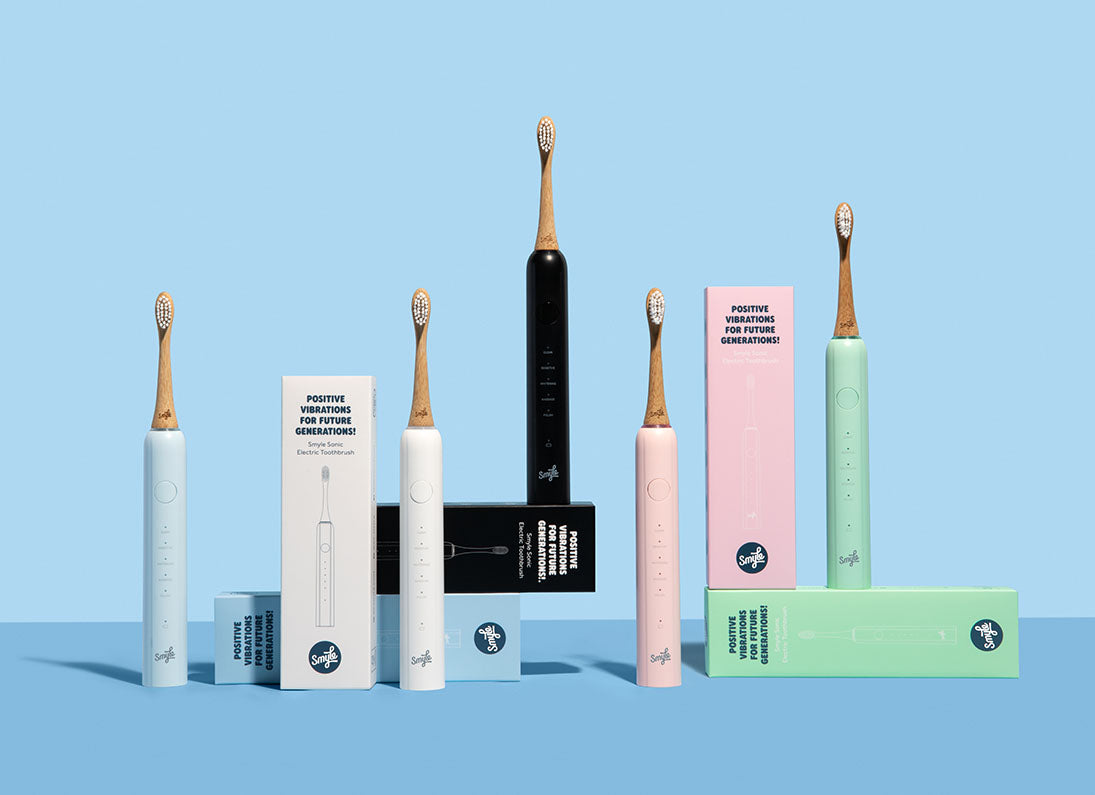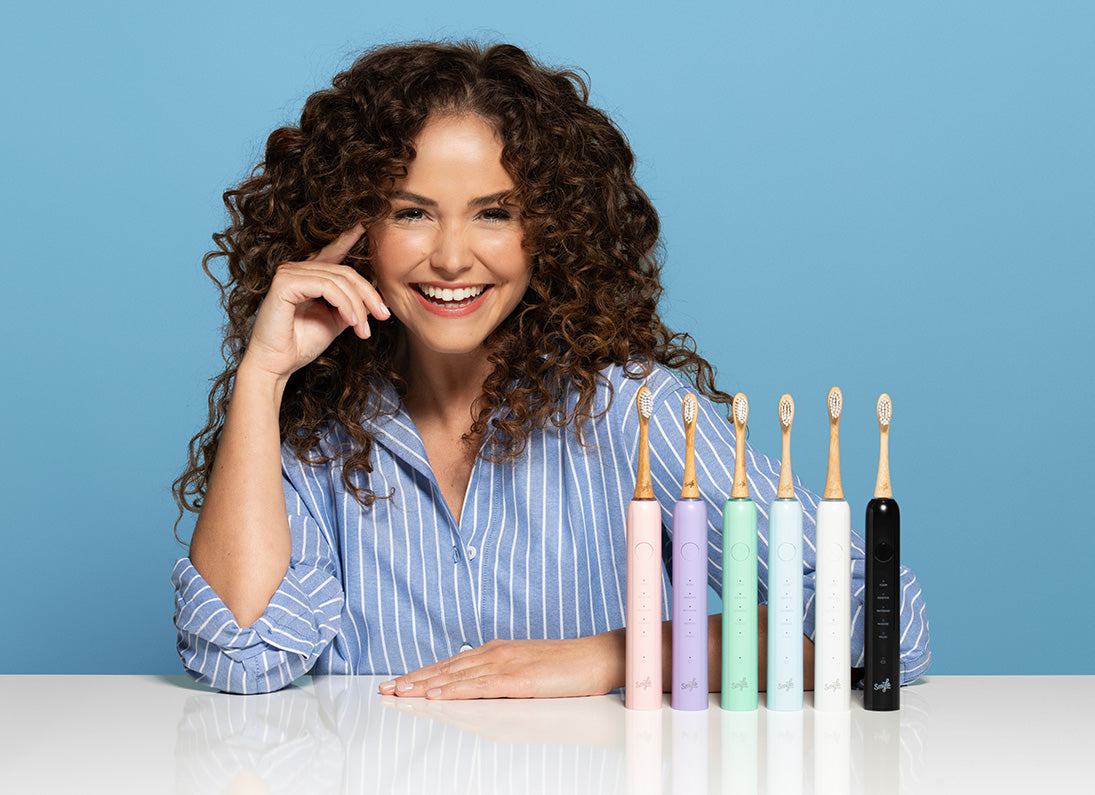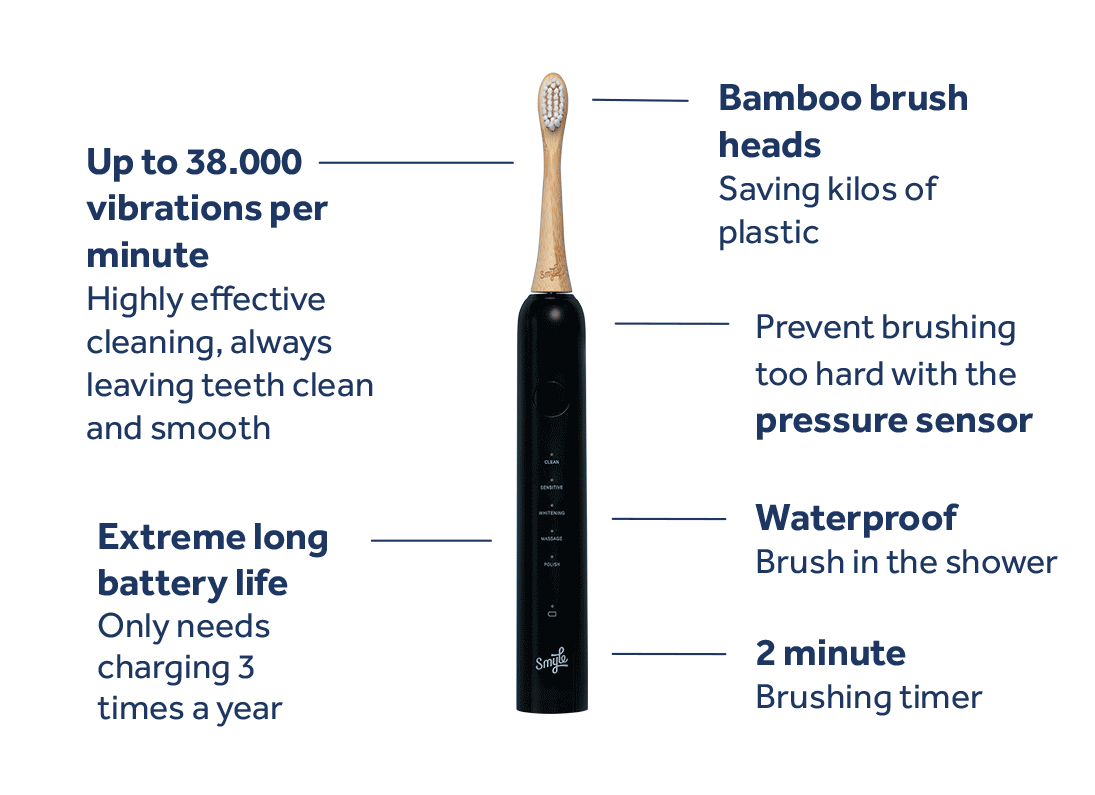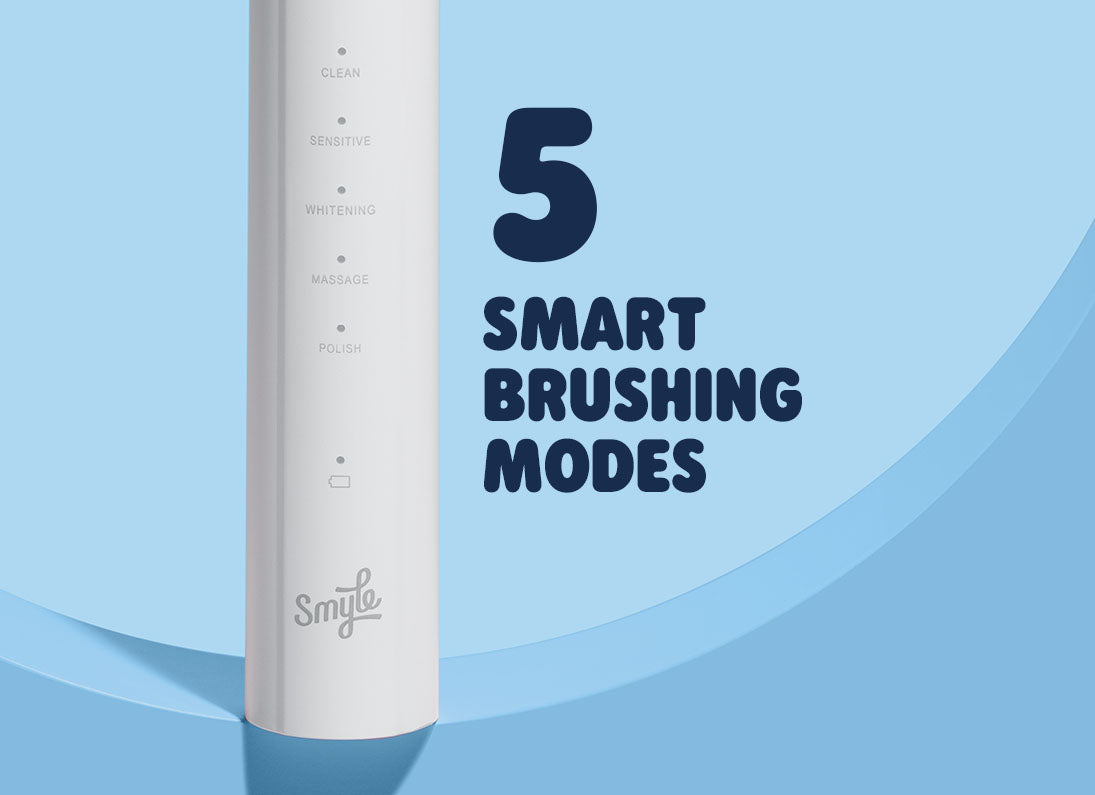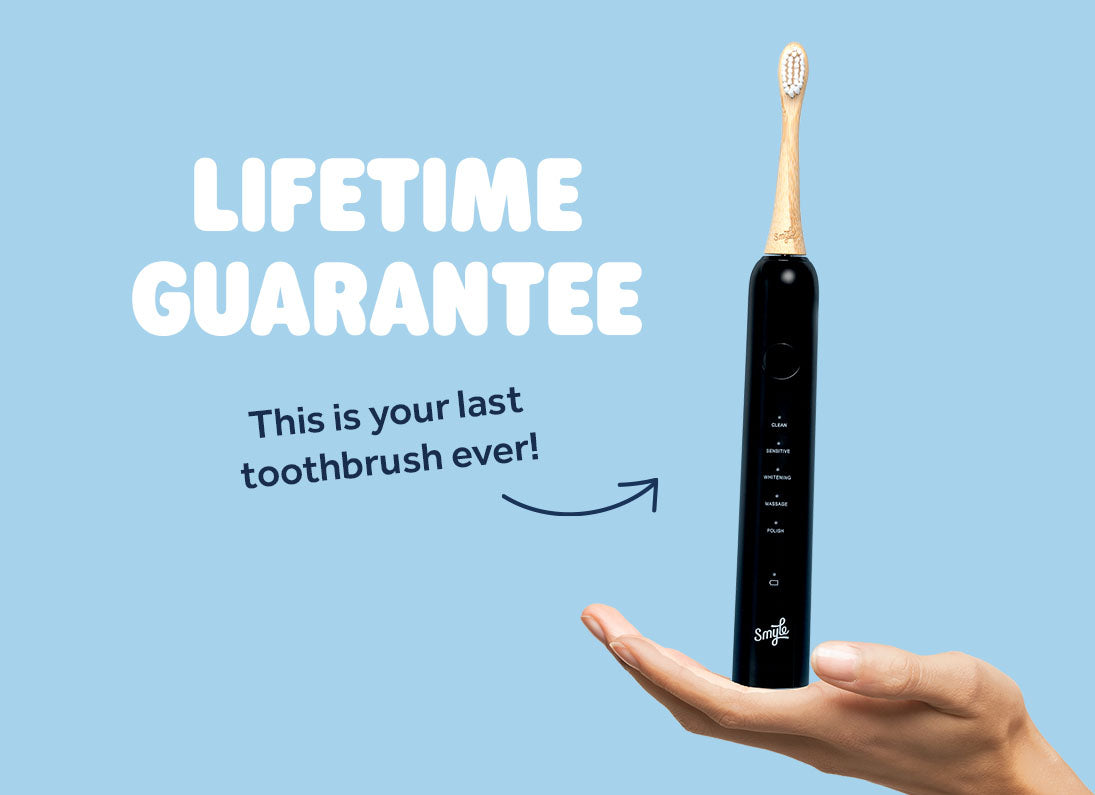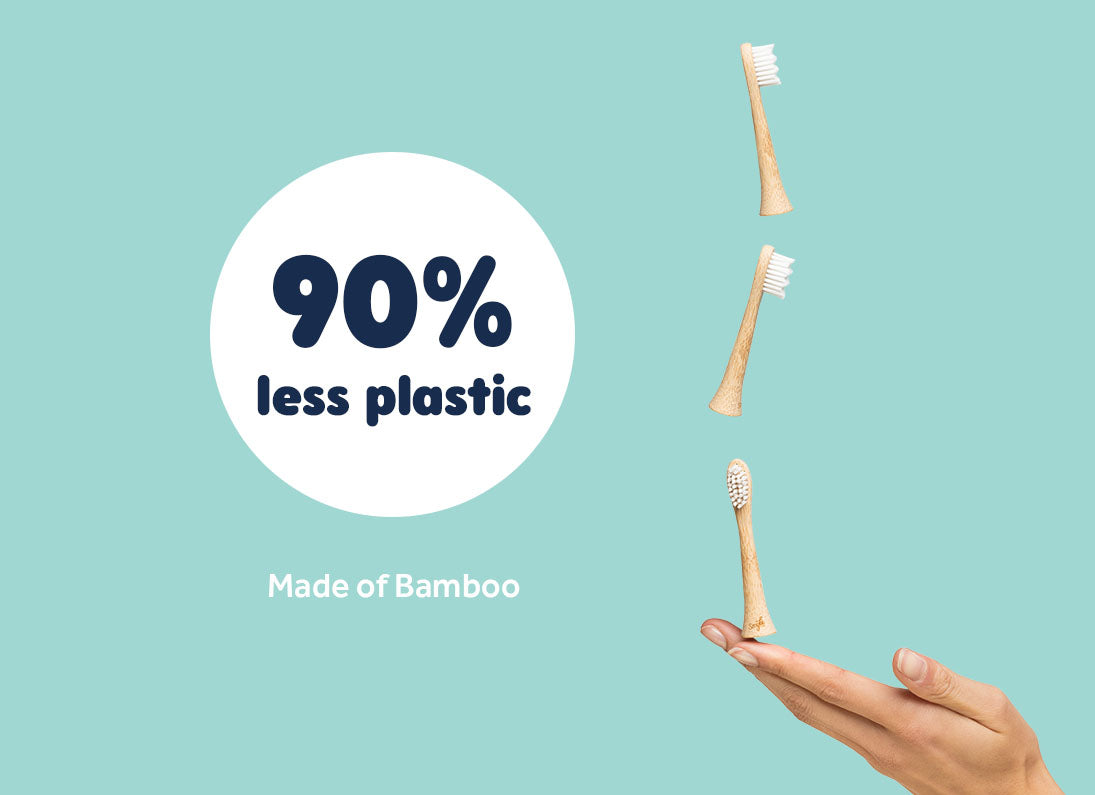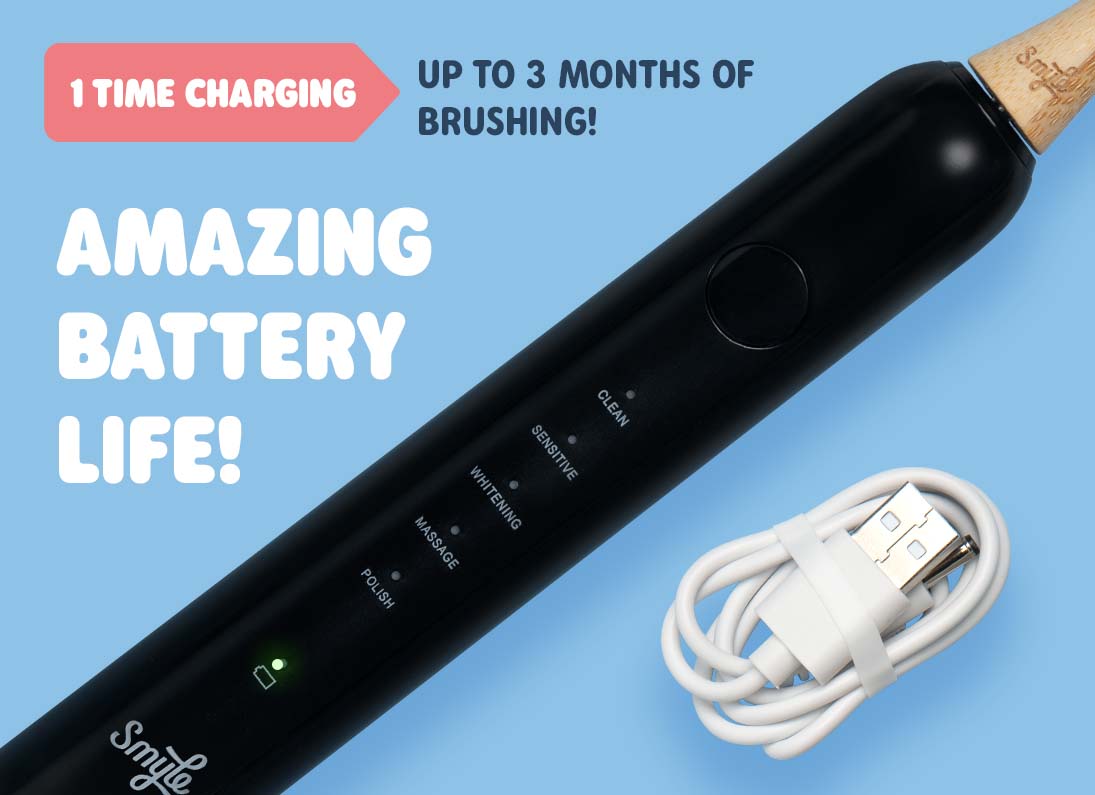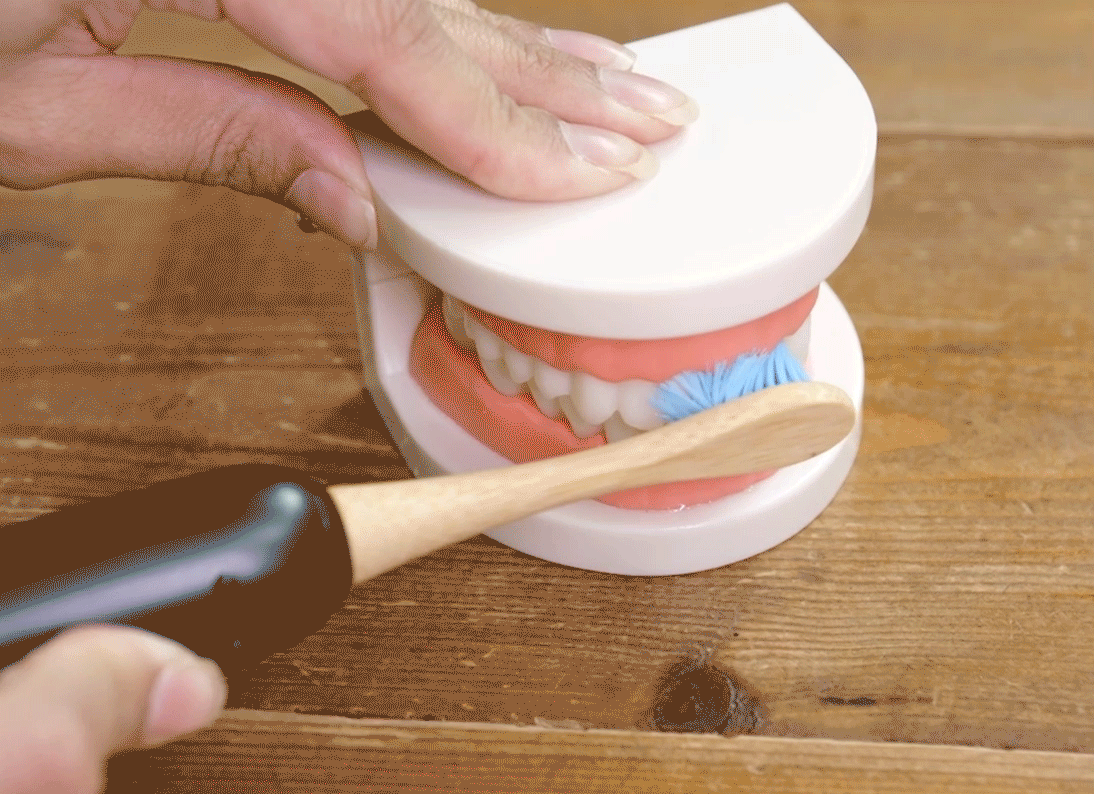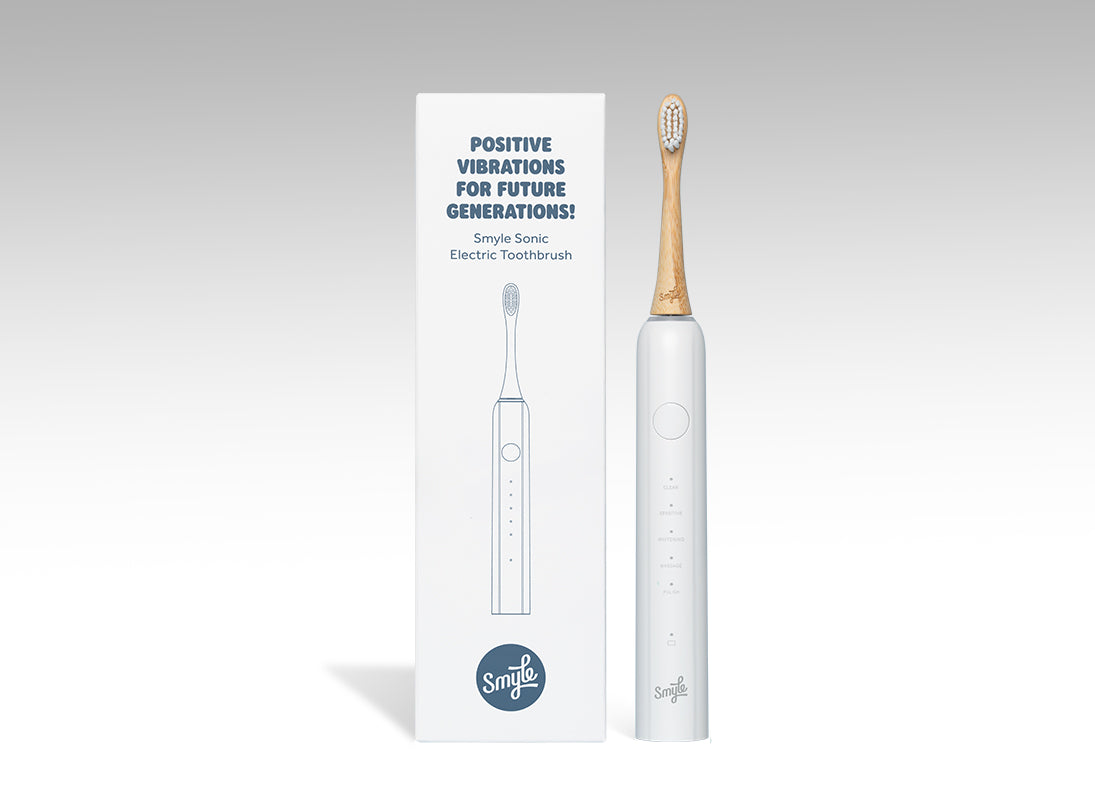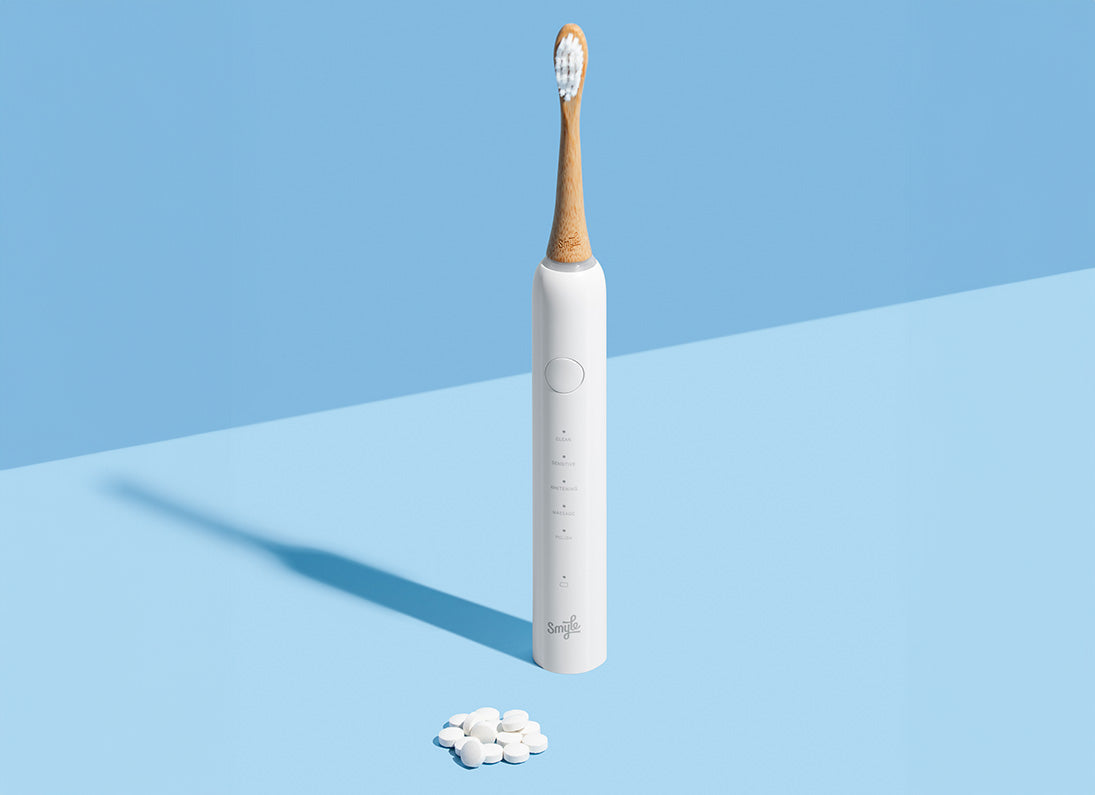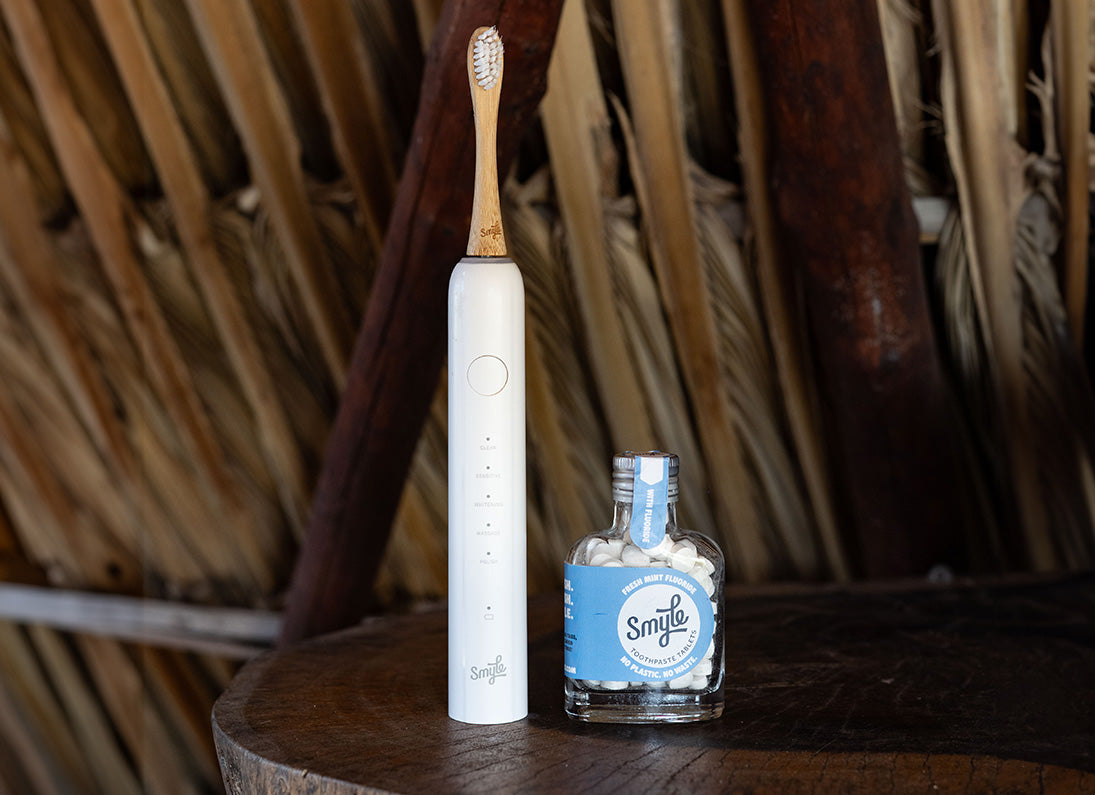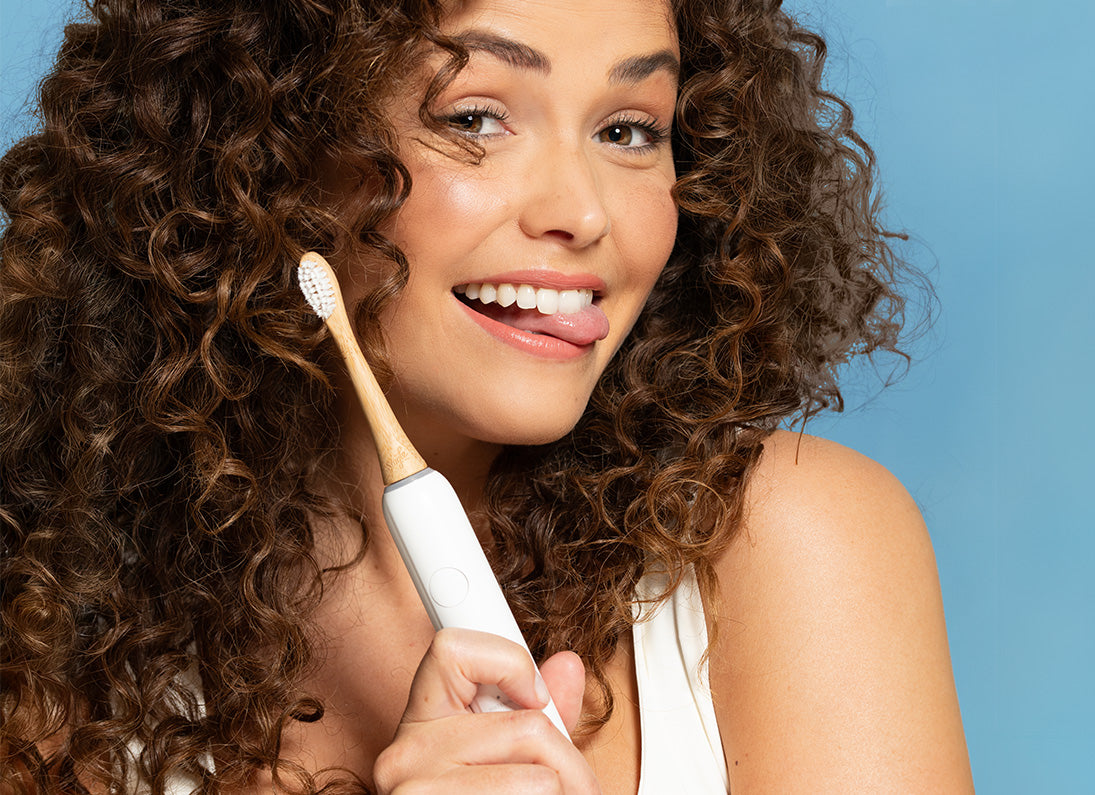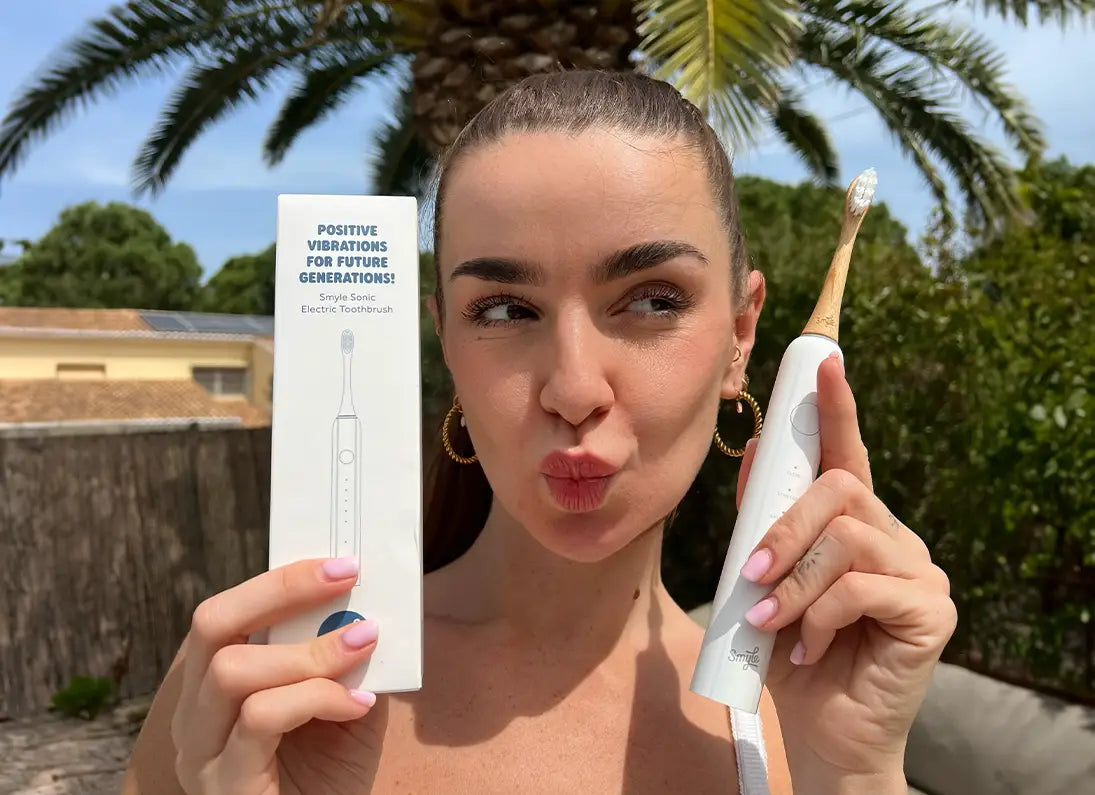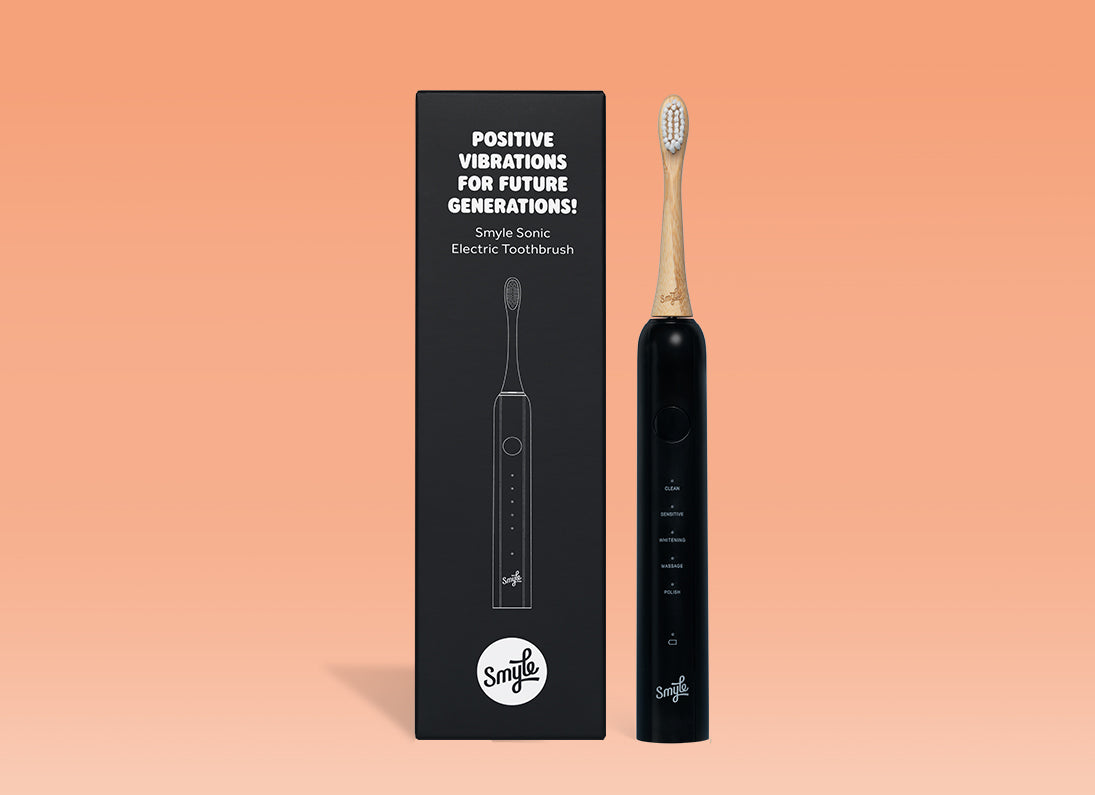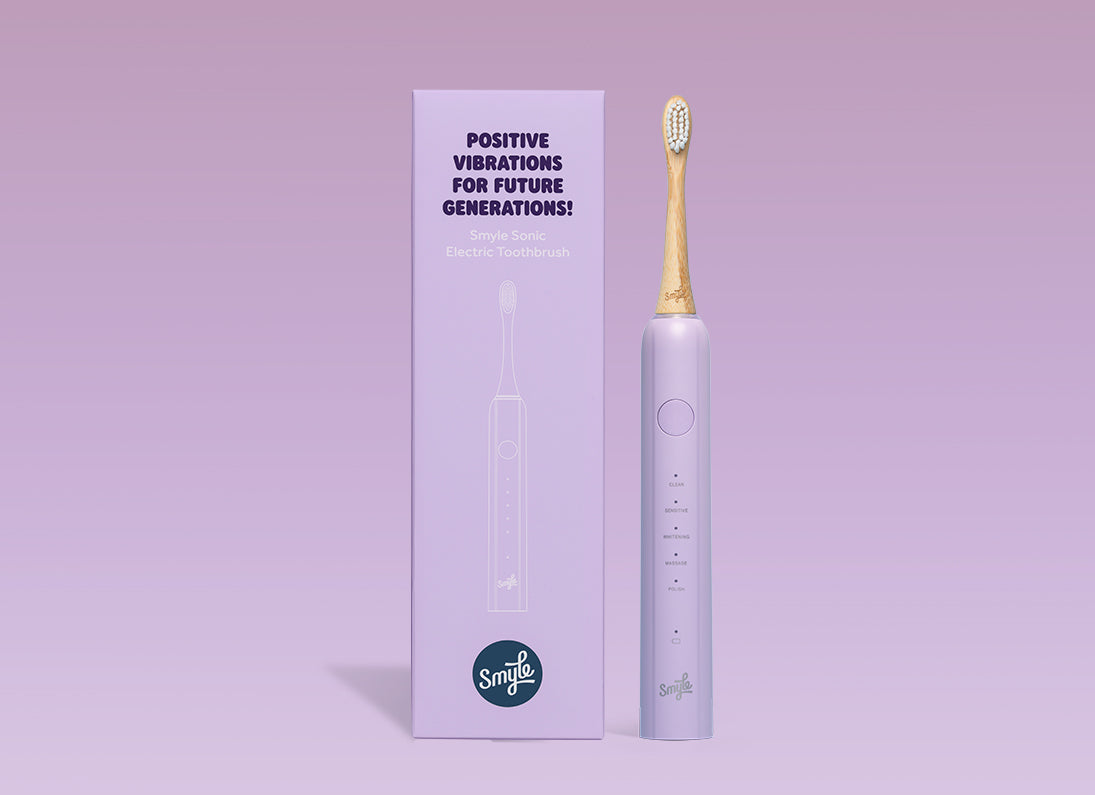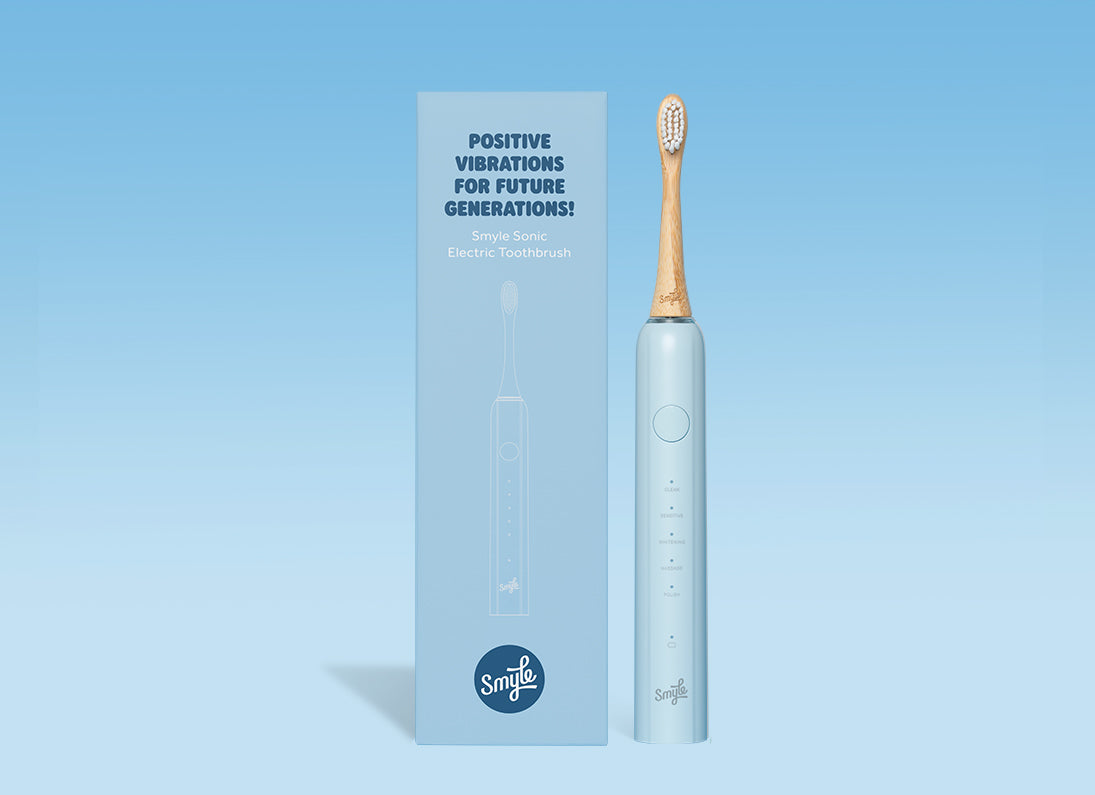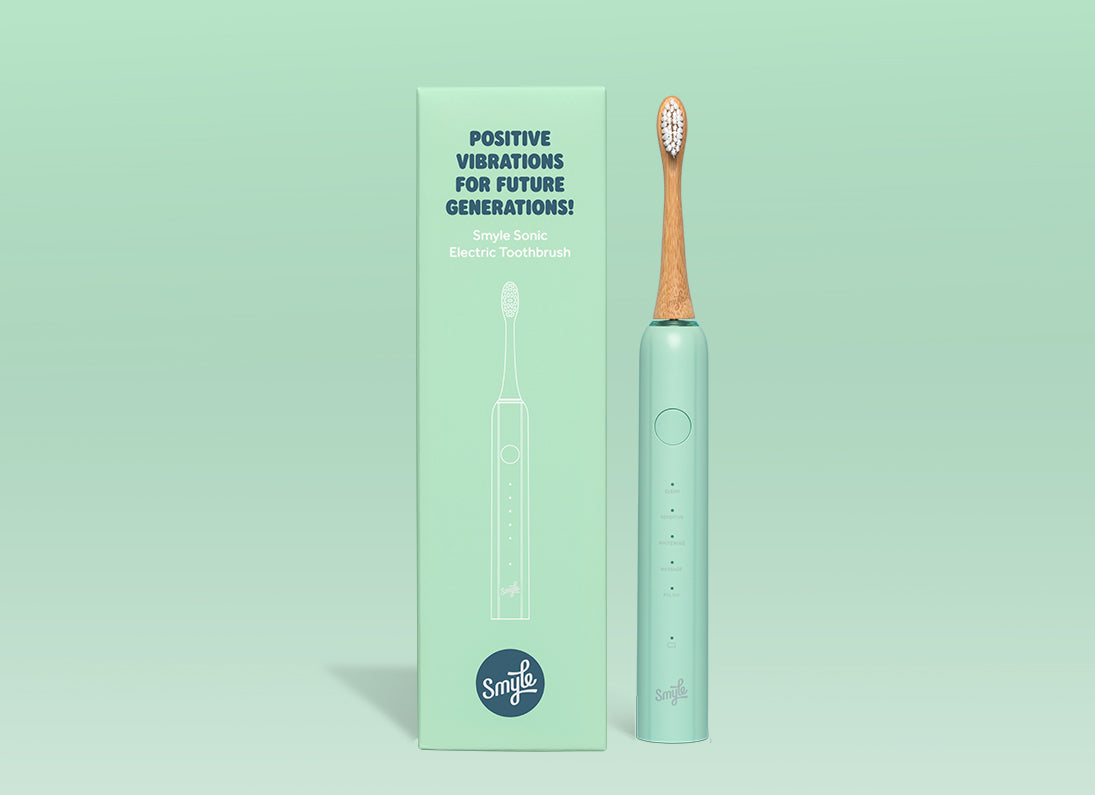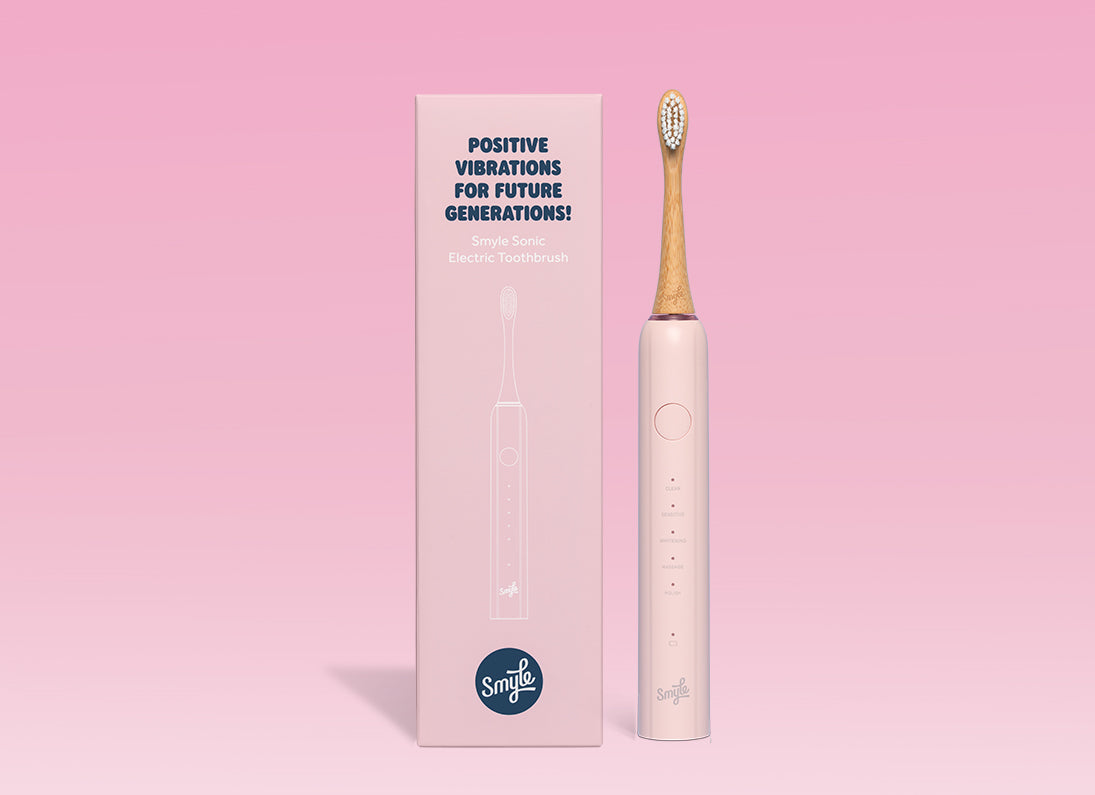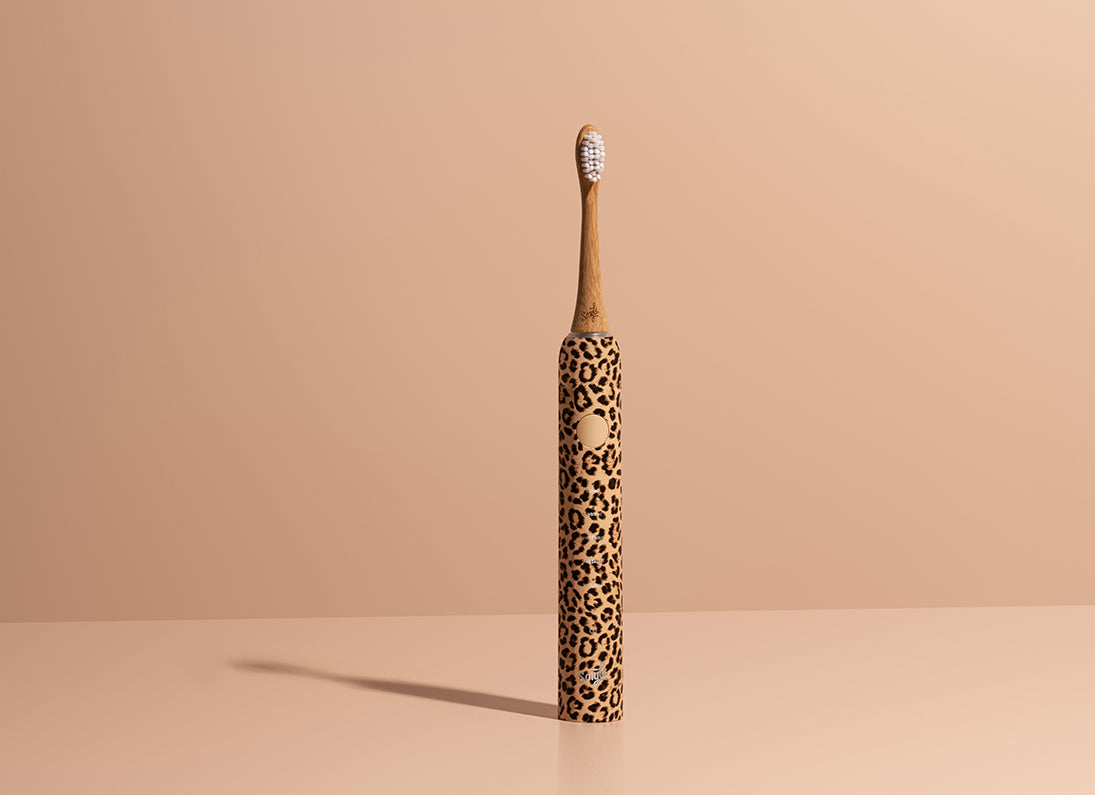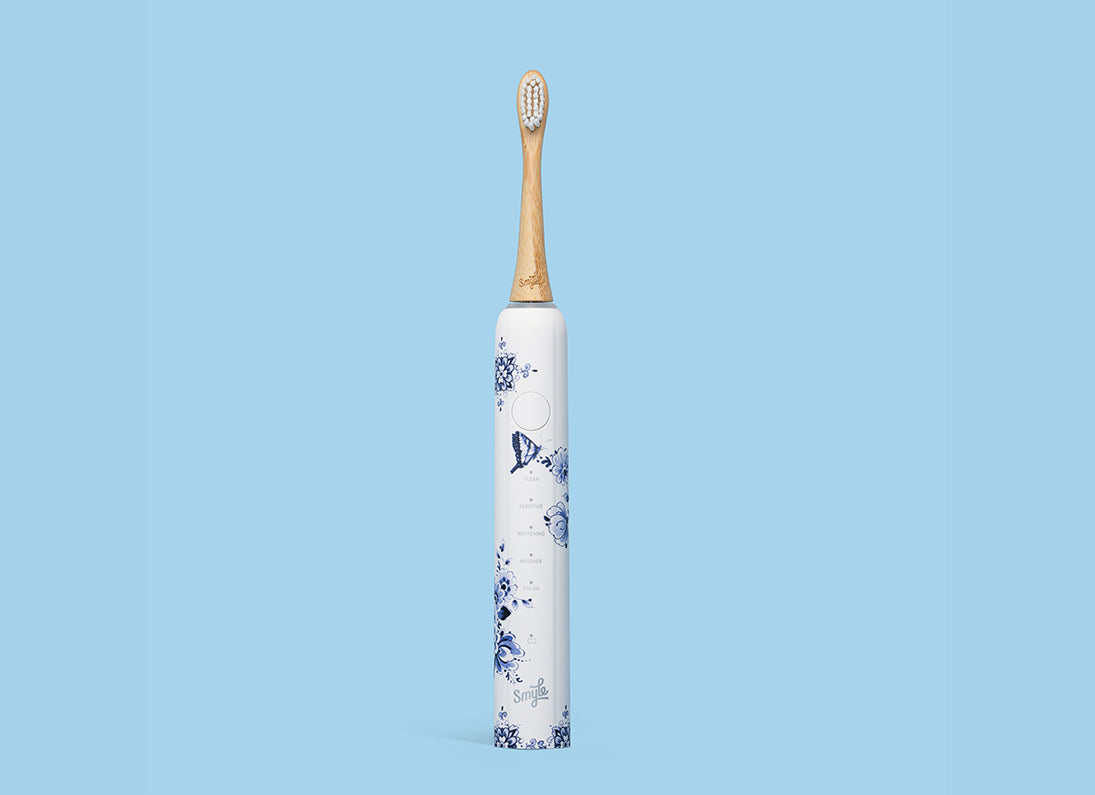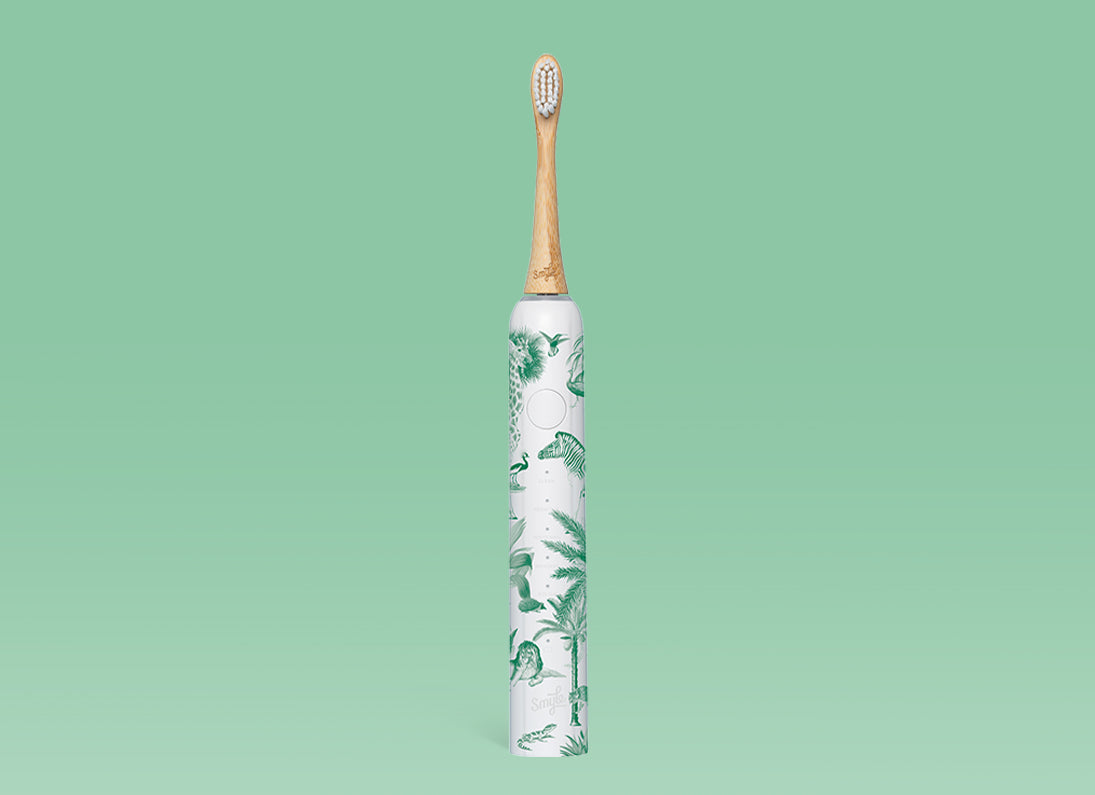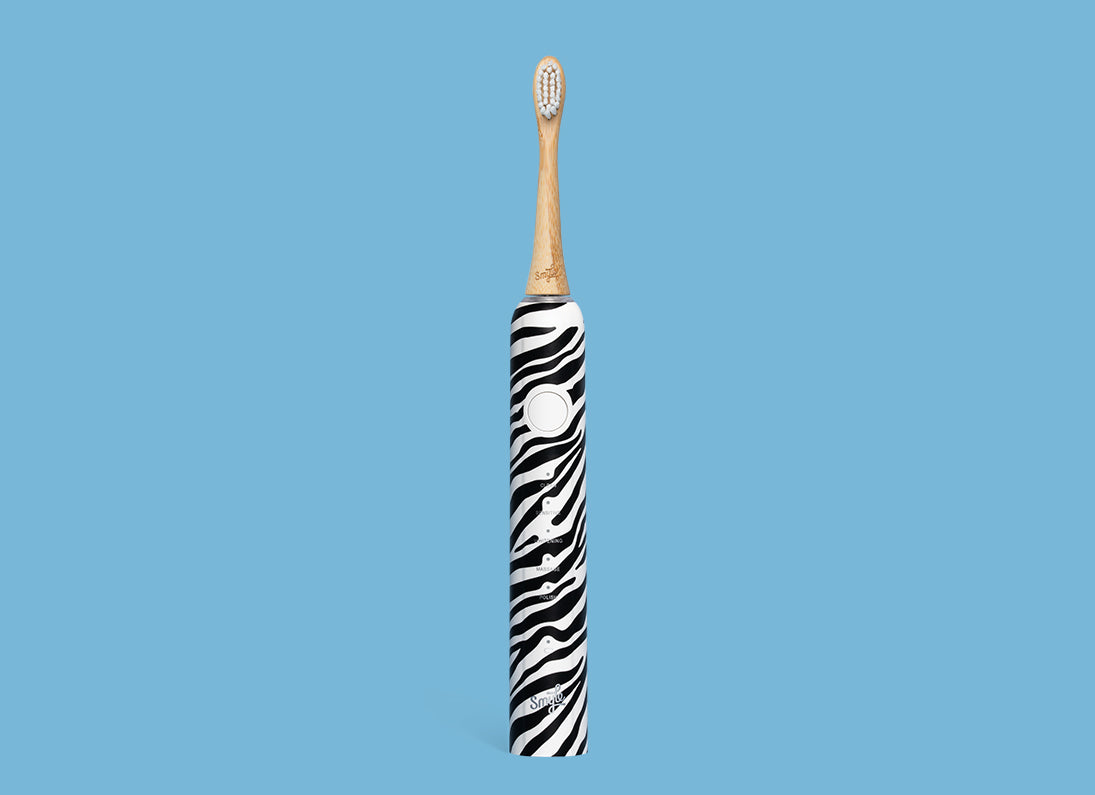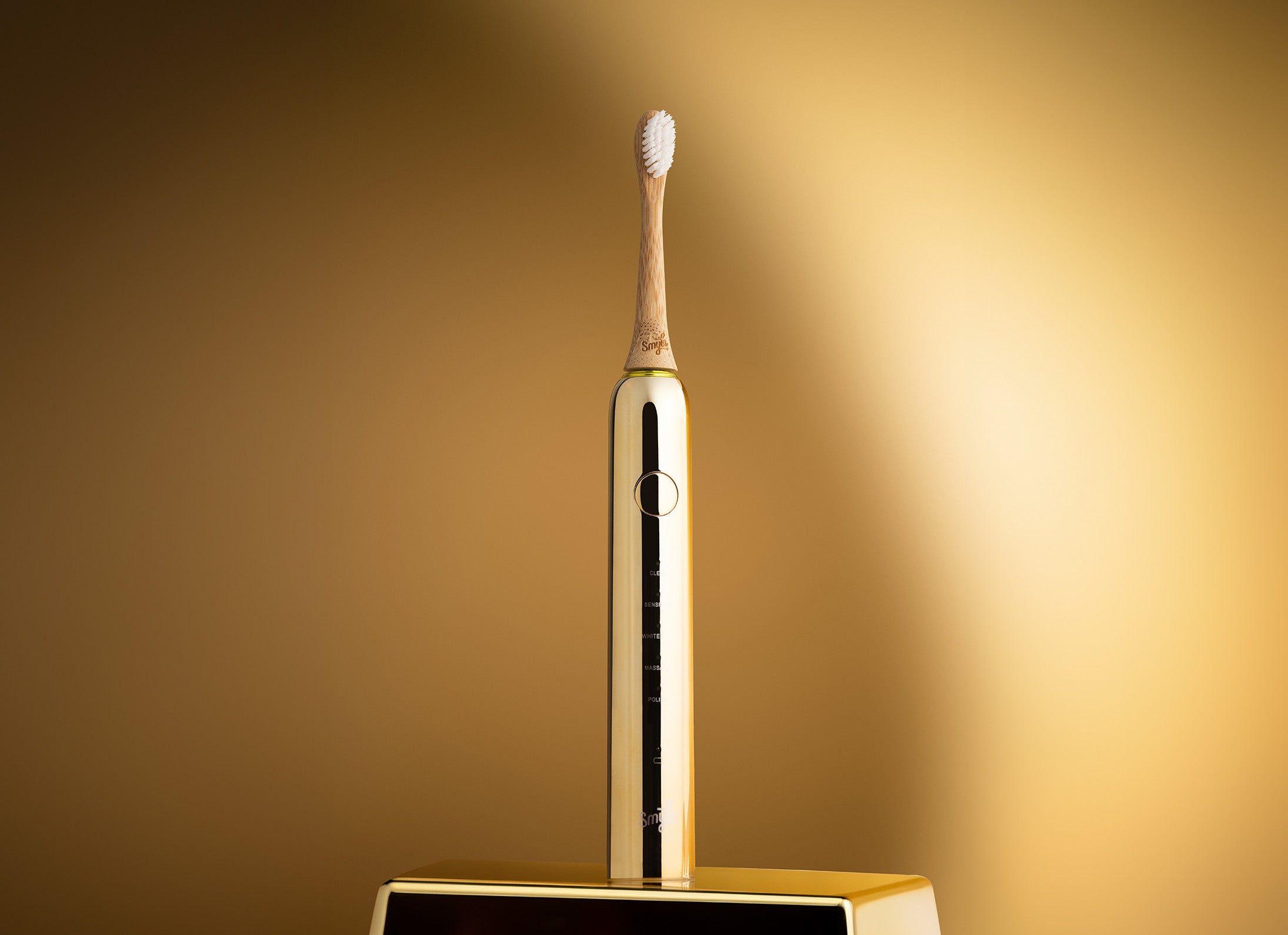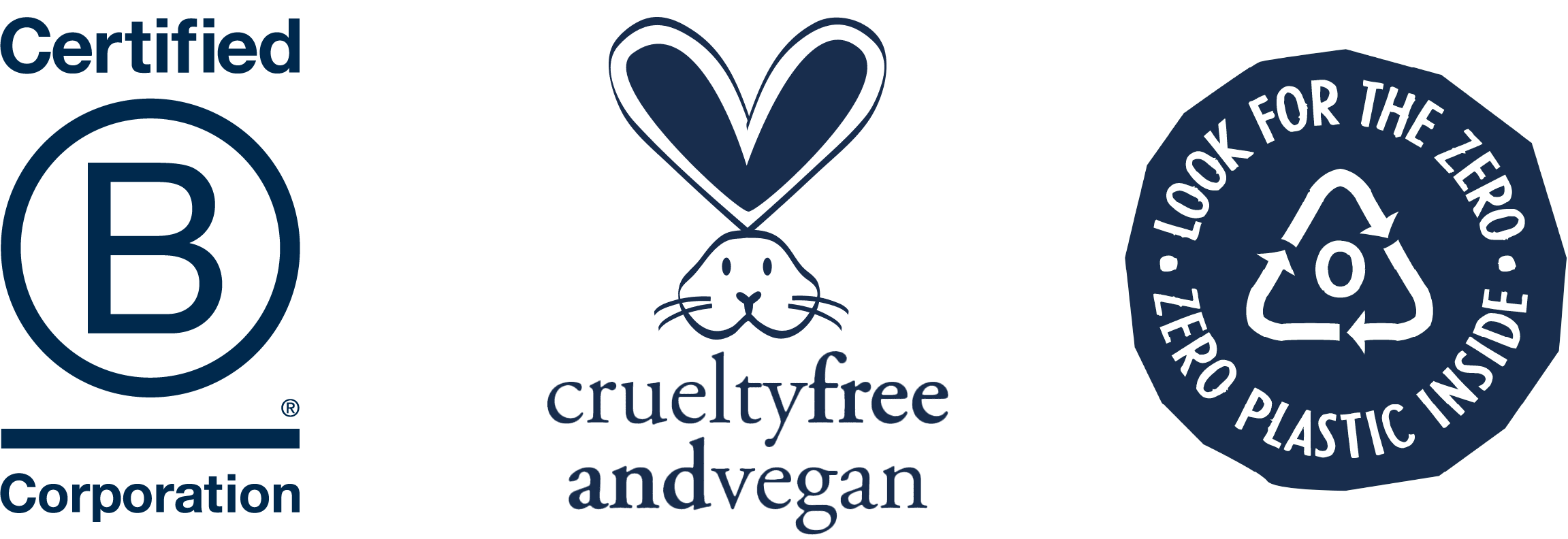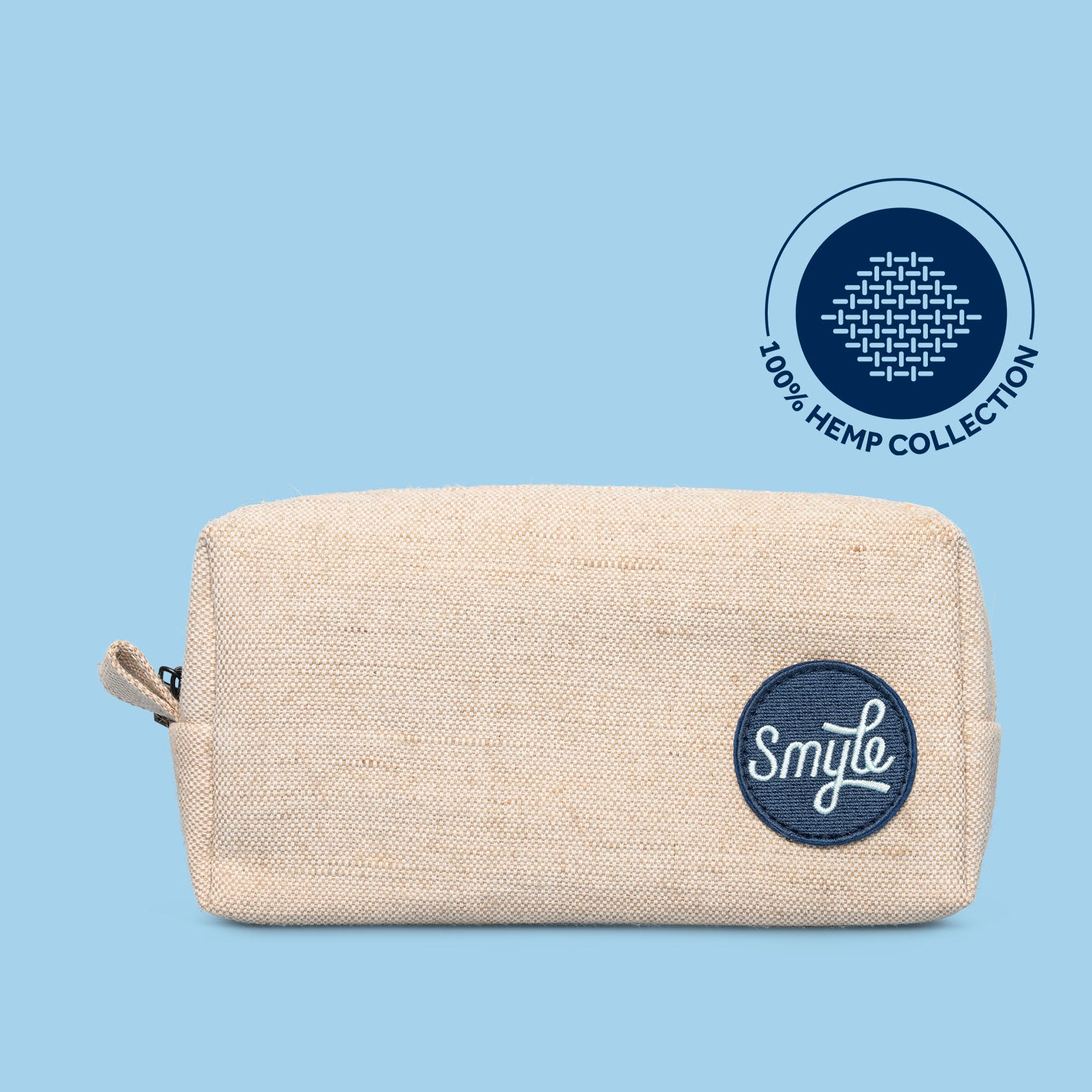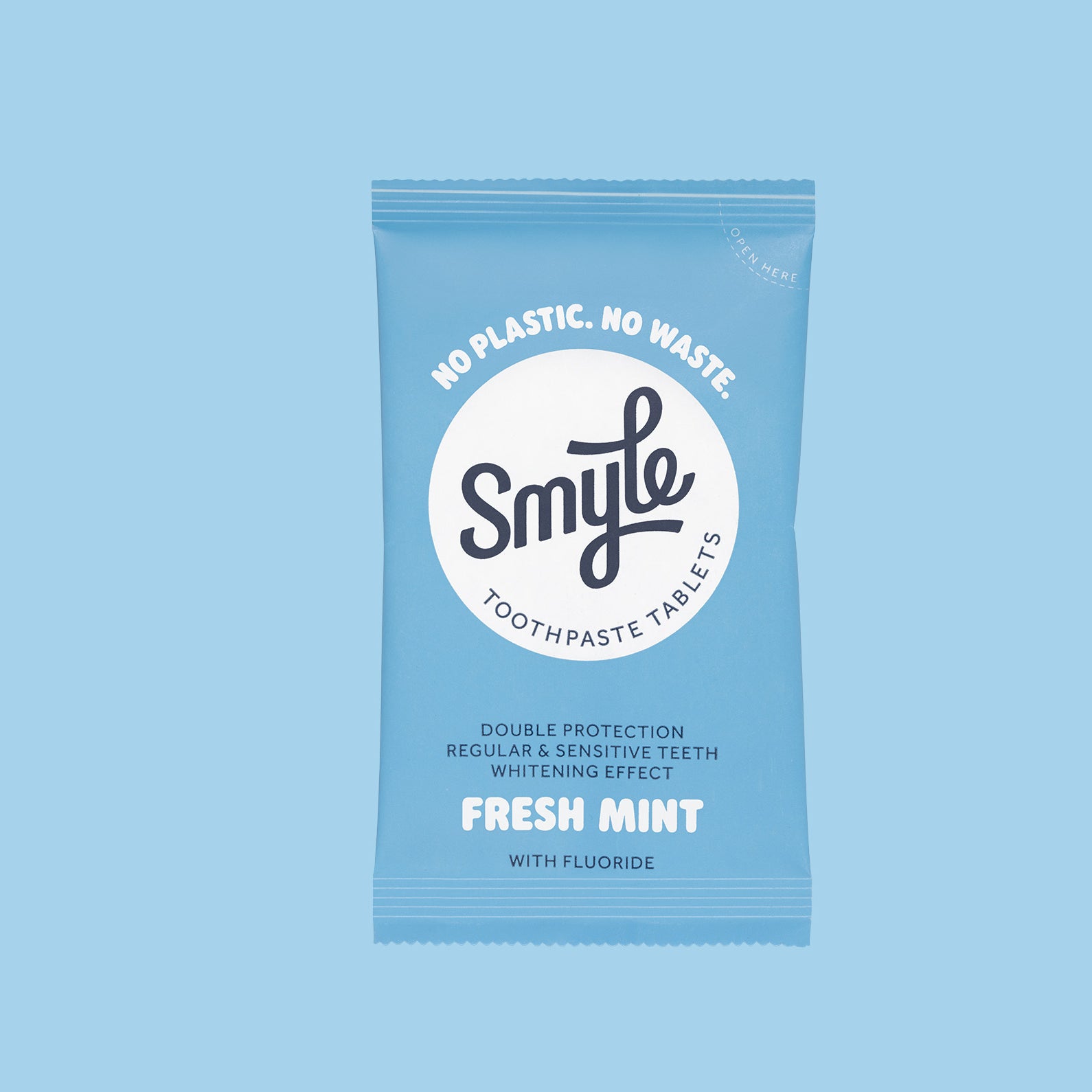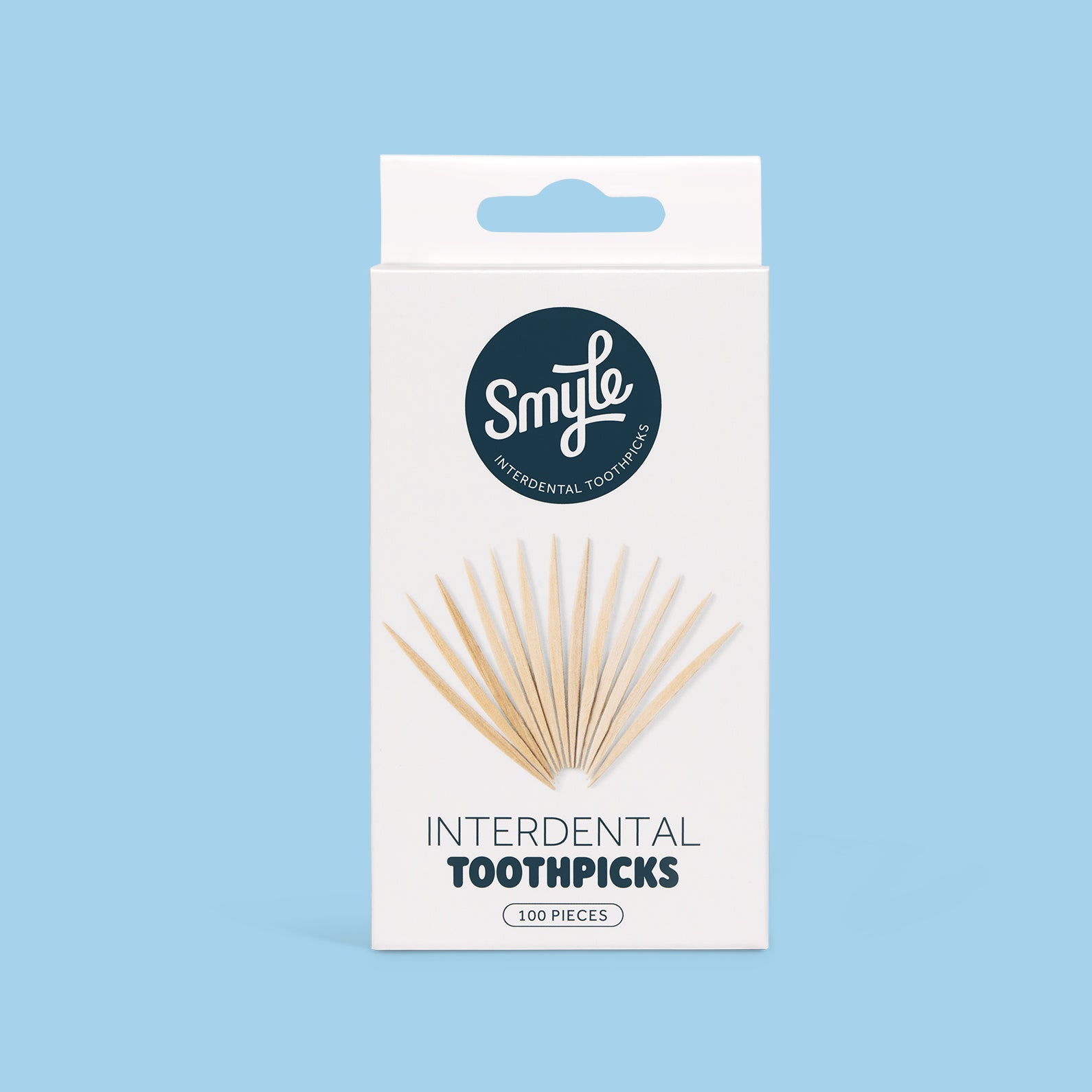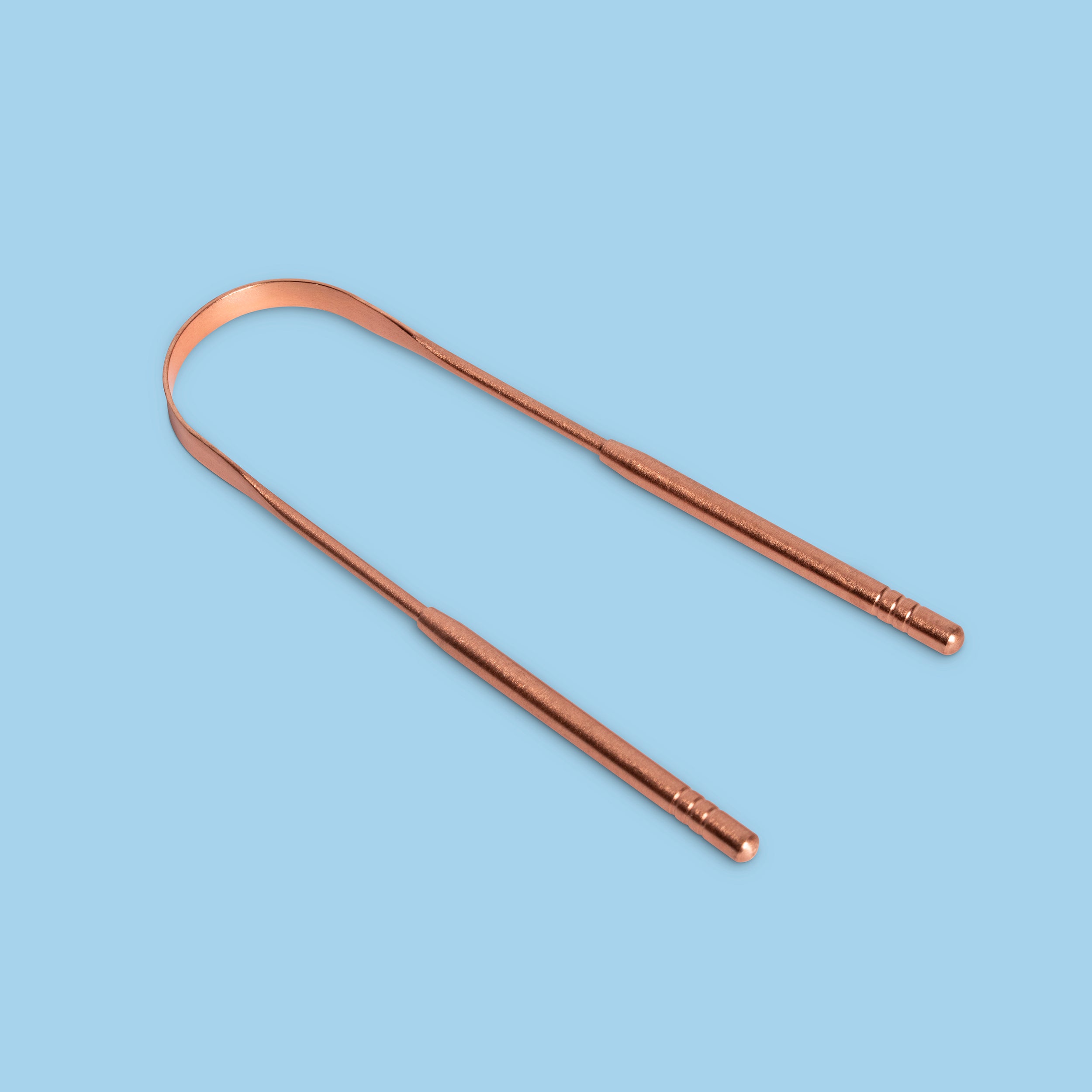
The problem called plastic
The modern human being uses plastic every day. When we go grocery shopping, we still use a plastic shopping bag far too often. Are we thirsty during a walk? Then most of us take a plastic water bottle out of our backpack. Are we sitting at an outdoor café? Then our bottle of cola is still regularly served with a plastic straw. We could go on like this, but you get the point. There is still no escape from all that plastic, while we increasingly understand how harmful it is.
Microplastic in cosmetics
You might think that cosmetics are an exception in the plastic dominated world? Unfortunately, it is not. Recent research by the Plastic Soup Foundation shows that 87% of most cosmetics contain microplastics. These are also called "microbeads" and are often so small that they are invisible. These plastics end up in our oceans through our drains and sewers, choking the environment, and end up in our food chain. In this way we put nature, animals, and ourselves at risk.
Microplastics everywhere
Plastics have now been found in our food, all over the earth (even the North Pole), and yes, even in our blood! Scientists from relevant disciplines are very concerned, especially about the irreversibility of this situation. Because plastic takes hundreds of years to break down and can do considerable damage during that time.That means that the plastic that was produced when you were young is currently still floating around the world somewhere
wandering around, unless it has been burned, which is another big problem. This can and must be different! That's why the Plastic Soup Foundation is asking manufacturers to stop incorporating microbeads into their products.
What about toothpaste?
The Plastic Soup Foundation is a nonprofit organisation dedicated to reducing plastic pollution (mainly in the sea). On August 20, 2020, the PSF published an investigation into microplastics in cosmetics, including toothpaste. You might have thought that microplastics in toothpaste would be a thing of the past, especially since manufacturers have promised to work on this. But unfortunately... Due to economic considerations (read, greed) many producers have not replaced this ingredient. And not only in toothpaste the researchers of the PSF found these microplastics, in all cosmetics! By now, it has been almost 2 years since the article was published. A good time to take a look at the actions taken; have the big brands changed their ways?
Final results
With the Plastic Soup Foundation's Beat the Microbead app, you can scan products to see if they contain microplastics, what kind, and how many. Of the biggest toothpaste brands, these were the 10 most scanned/used products containing microplastics in 2020:
- Fresh Mint Toothpaste, Aquafresh
- Cool Mint Toothpaste, Prodent
- Tandpasta Classic, Zendium
- Anti-tandsteen Tandpasta, Prodent
- Tandsteen Controle 3-in-1 Tandpasta, Aquafresh
- Fresh Gel Toothpaste, Prodent
- Pro-Expert Intense Reiniging Tandpasta, Oral-B
- Arctic Fresh Whitener Tandpasta, Prodent
- Tandpasta Intense White, Aquafresh
- Gentle Whitening Tandpasta, Sensodyne
All of these toothpastes are from the big brands, which means that the majority of people use one of these pastes (unless, of course, you are a loyal Smyle fan). And two years after the study by the PSF, all of these toothpastes still contain microplastics! That means the majority of people brush every day with microplastics.
Anyhow, these were just the most scanned toothpastes. How safe are you at all
with these brands? The items above are not the only products they
sell. Let's start with Aquafresh; of the 31 toothpastes, 27 varieties are full
with microplastics. At Prodent, you are safe with 11 products, but with their other 67 toothpaste' nothing. Zendium scores 3 out of 31 toothpastes without microplastics and
Sensodyne doesn't get a best report either, with 47 safe pastes and 179 unsafe ones.
Fortunately, there are plenty of alternatives to harmful toothpastes. Only we still have to warn many people, share our knowledge about them, and thus persuade them.
We won’t give up
You too can contribute to the solution. For example, be aware of what you are buying, this is a rule we try to follow in every store. Compare products and brands and spend your money only on sustainable products. And you can sign the EU petition that tries to ban microplastics in cosmetics. Anyway, download the free Beat The Microbead app and check if your favourite products contain microplastics. Want to be sure that your toothpaste does not contain (micro)plastics? Then choose Smyle!

